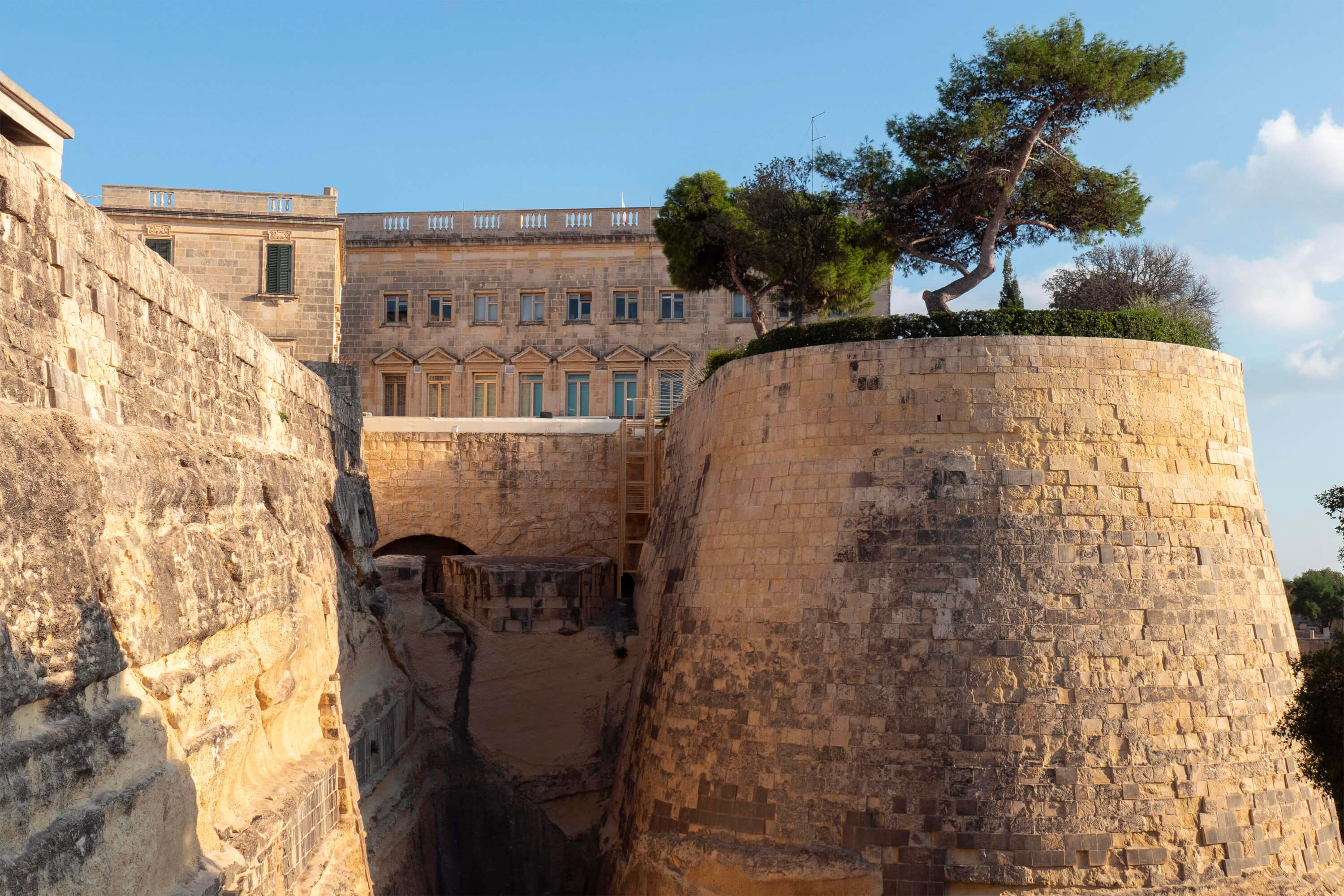Malta
The city of Valletta is the capital of Malta, a tiny country consisting of several islands in the Mediterranean Sea, right below Italy.
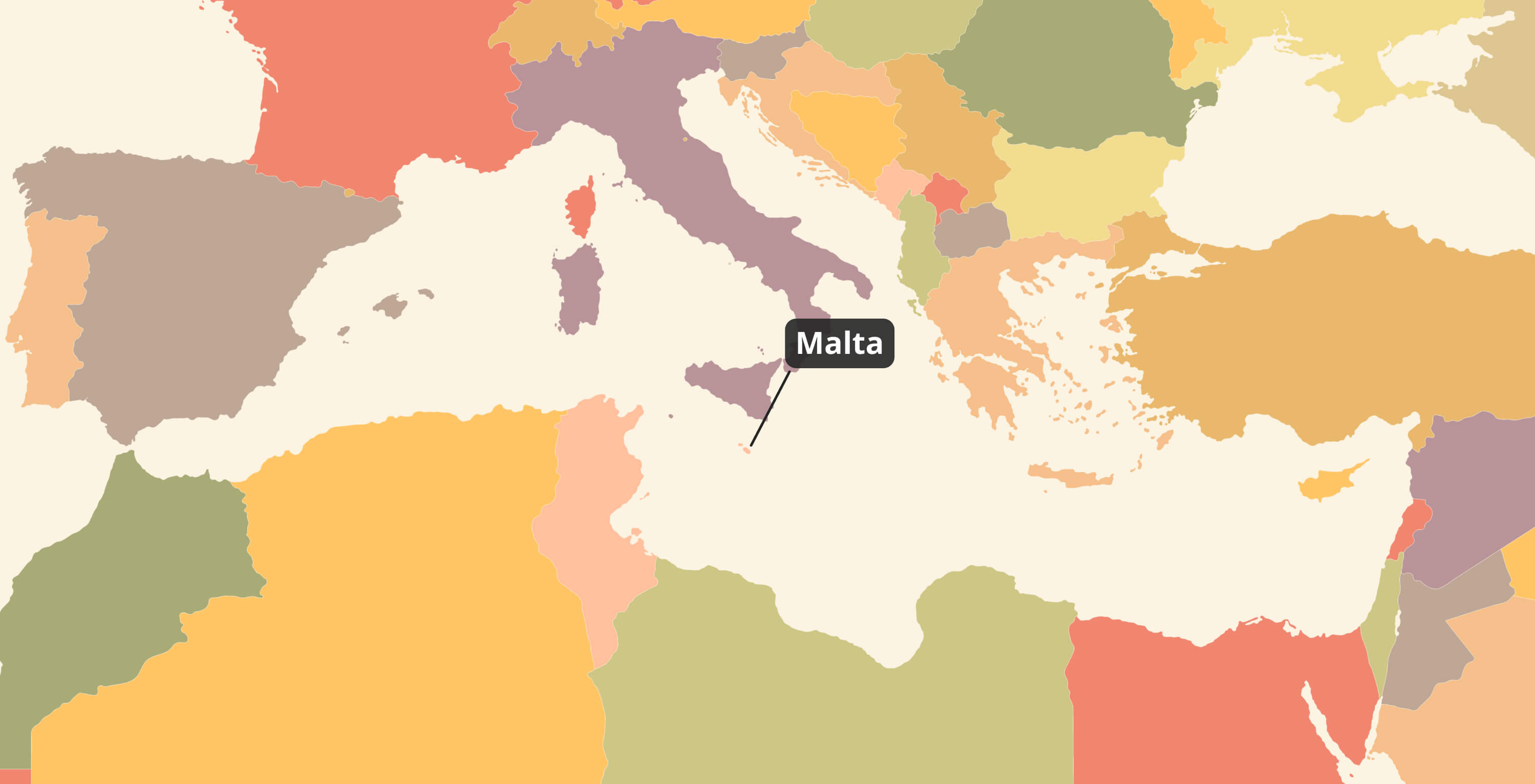
Malta has an interesting and unusual history. Once upon a time, it was part of the Order of Malta — a knightly collective that took part in the Crusades and, having been sucker-punched by Arabs, fled from Jerusalem to the island of Rhodes.
On Rhodes, the future Maltese built fortresses that successfully repelled attacks for almost 200 years. Then the Ottoman Empire emerged, and under the leadership of Suleiman the Magnificent, they brought their army of 150 thousand against 6 thousand knights. Despite losing a third of their soldiers, the Turks eventually drove the knights out of Rhodes, and they sailed to another island — Malta.
Soon, Suleiman decided to smoke out the knights from there, but they had already managed to build a new fortress on Malta. The Turks, however, miscalculated their forces. This time, their army of 40 thousand was almost completely destroyed during a 4-month unsuccessful siege, and thereafter the Ottoman Empire did not meddle in those lands anymore.
Only Napoleon managed to conquer Malta, by the way casually while sailing to Egypt for riding camels. After losing the territory, the Maltese scattered in different directions, and as the new leader of the country chose... whom do you think? The Russian Tsar Paul I. On his most famous portrait, he has a Maltese cross on a red robe.
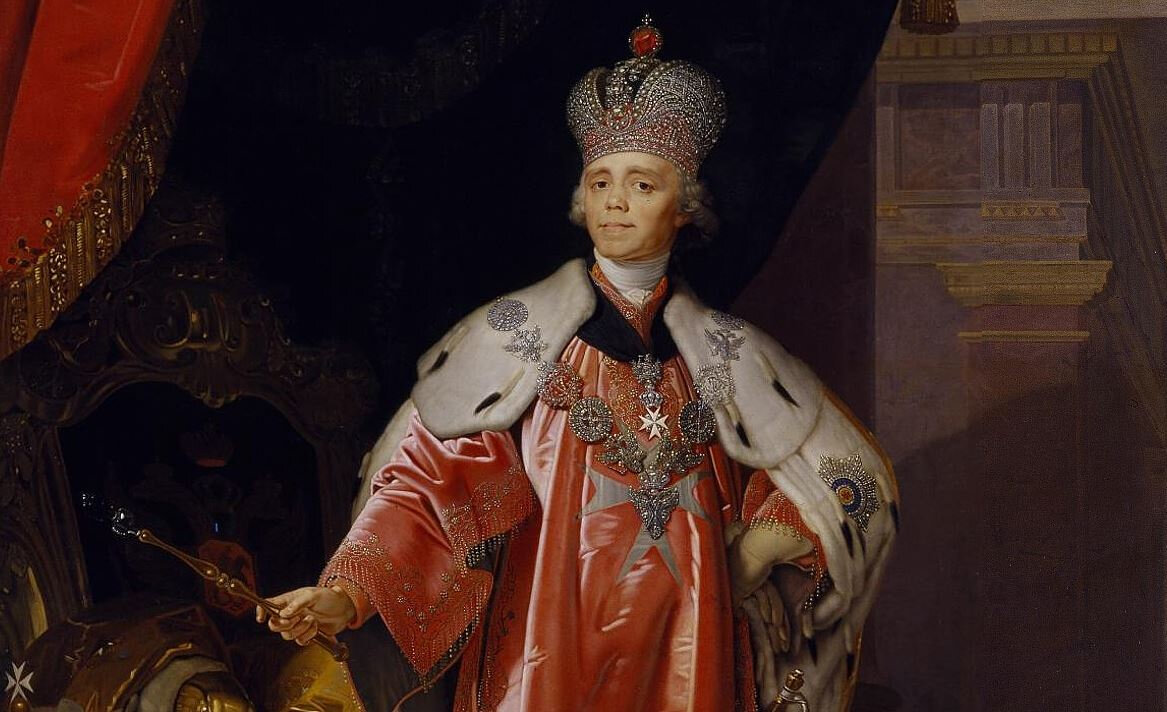
Paul decided to seize the opportunity and expand the Russian Empire all the way to the Mediterranean Sea. Therefore, he hastily began preparing various decrees to make Malta a Russian province and to establish hereditary succession to the Maltese magistracy.
Paul’s plan was foiled by the British, who suddenly entered Valletta and raised the British flag there. What a pity. We could have seen a Maltese People’s Republic.
As for the Order of Malta, once they fled, they never returned. Former knights found refuge in Rome, where they bought — I’m not kidding — a dacha on the Aventine Hill, and later a house in the center of Rome.
So, this dacha and house (called the Magistral Villa and Magistral Palace) are now considered the territory of the Order of Malta — an independent country. Literally: Italy does not have control over these two houses in Rome because it is a separate country with its own passport and currency.
As for the Maltese islands, they gained independence from Great Britain in 1964 and are now a country called Malta. Simply Malta, without the Order.
Valletta
On the sea side, Valletta ends with the very fort that the knights built in 1565 to defend against the Ottoman Empire. The fort itself is not visible from the fort, so I found a photograph from a drone.

However, from the fort one can see its own lighthouse, connected by a truly beautiful bridge.
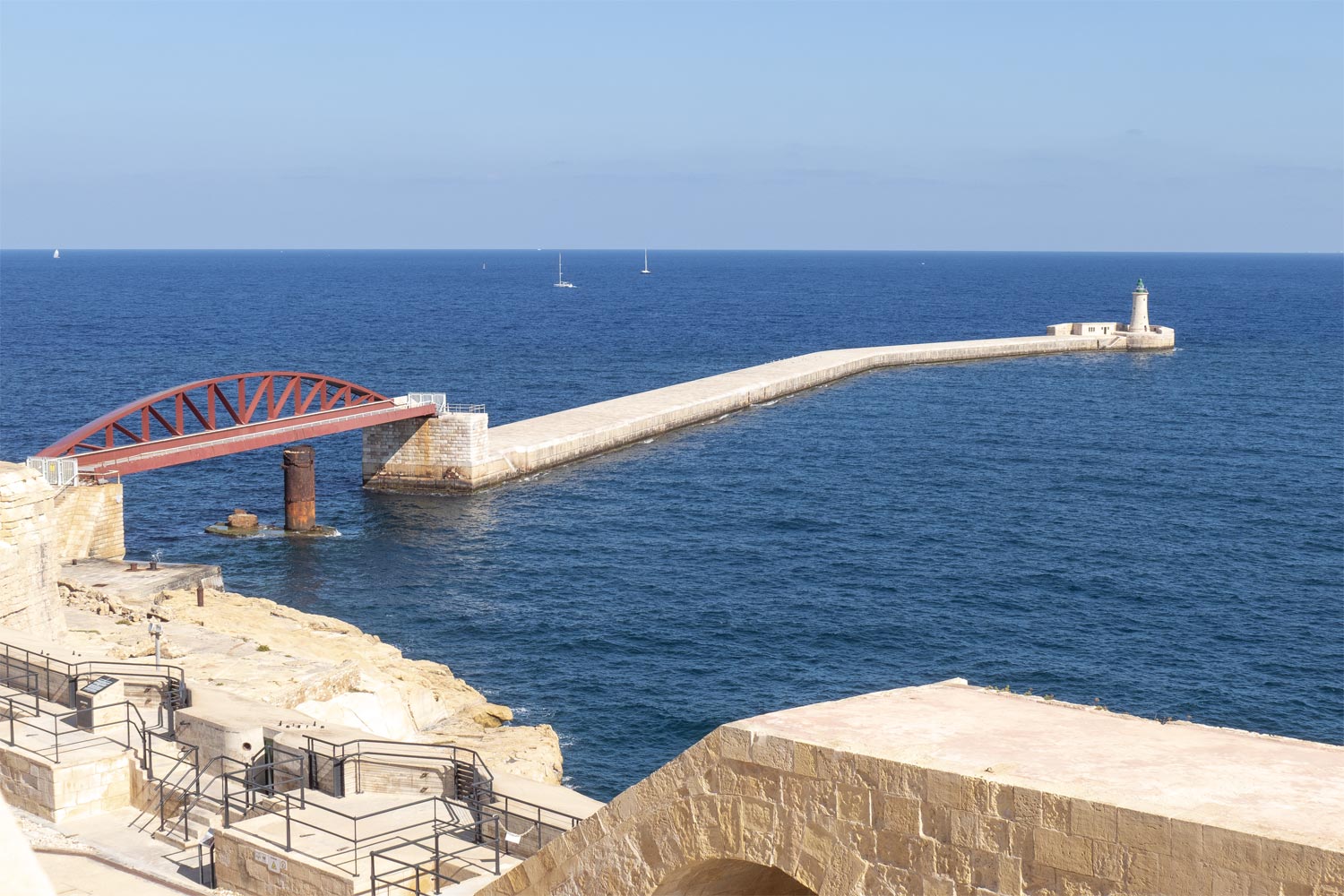
There used to be a military prison in the fort.

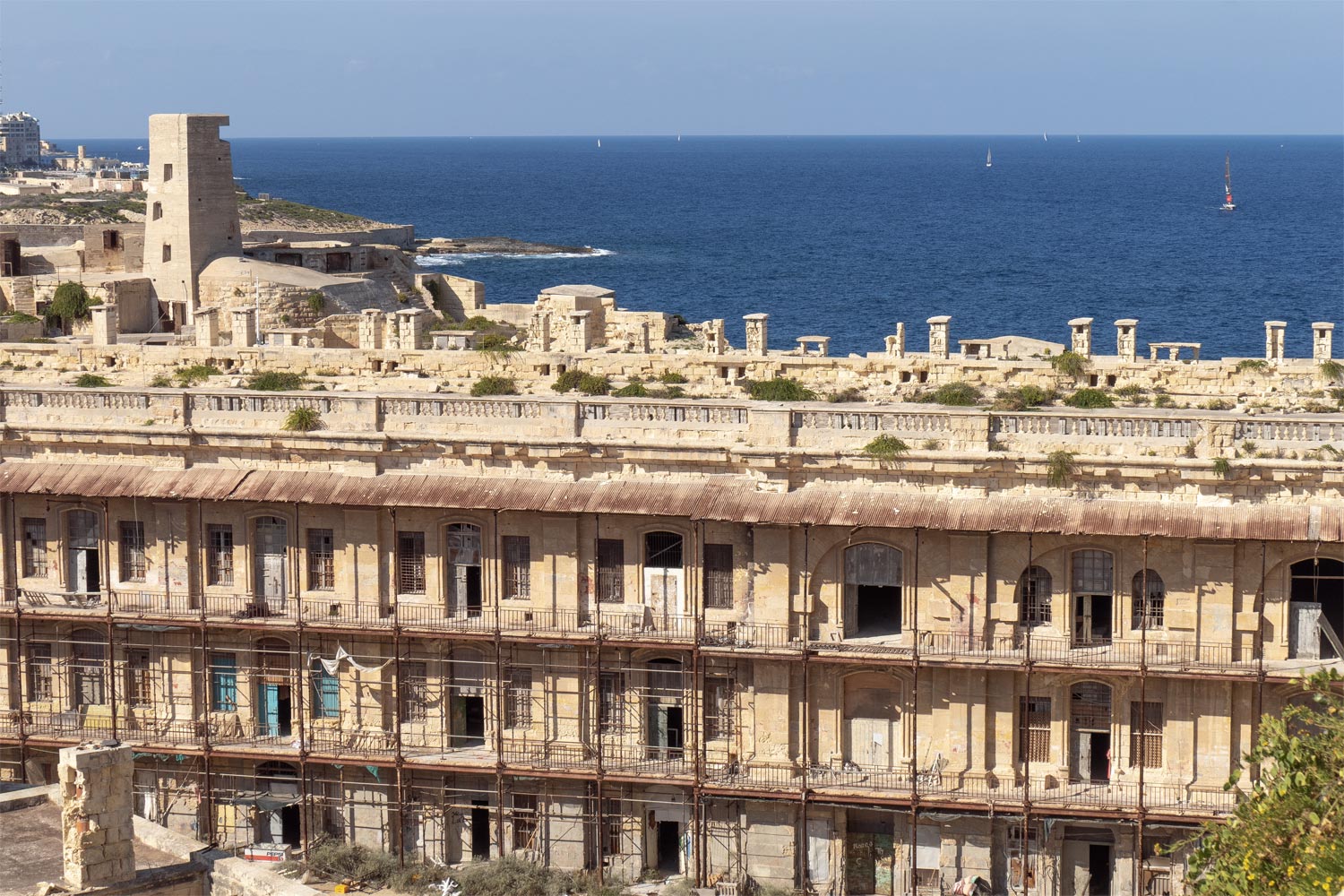
Now it’s an extremely boring military museum here.

In general, this is not the only fort. Essentially, the whole of Valletta consists of forts. From this fort, another one can be seen, pretty similar.


From the third fort, the fourth one is visible, too.
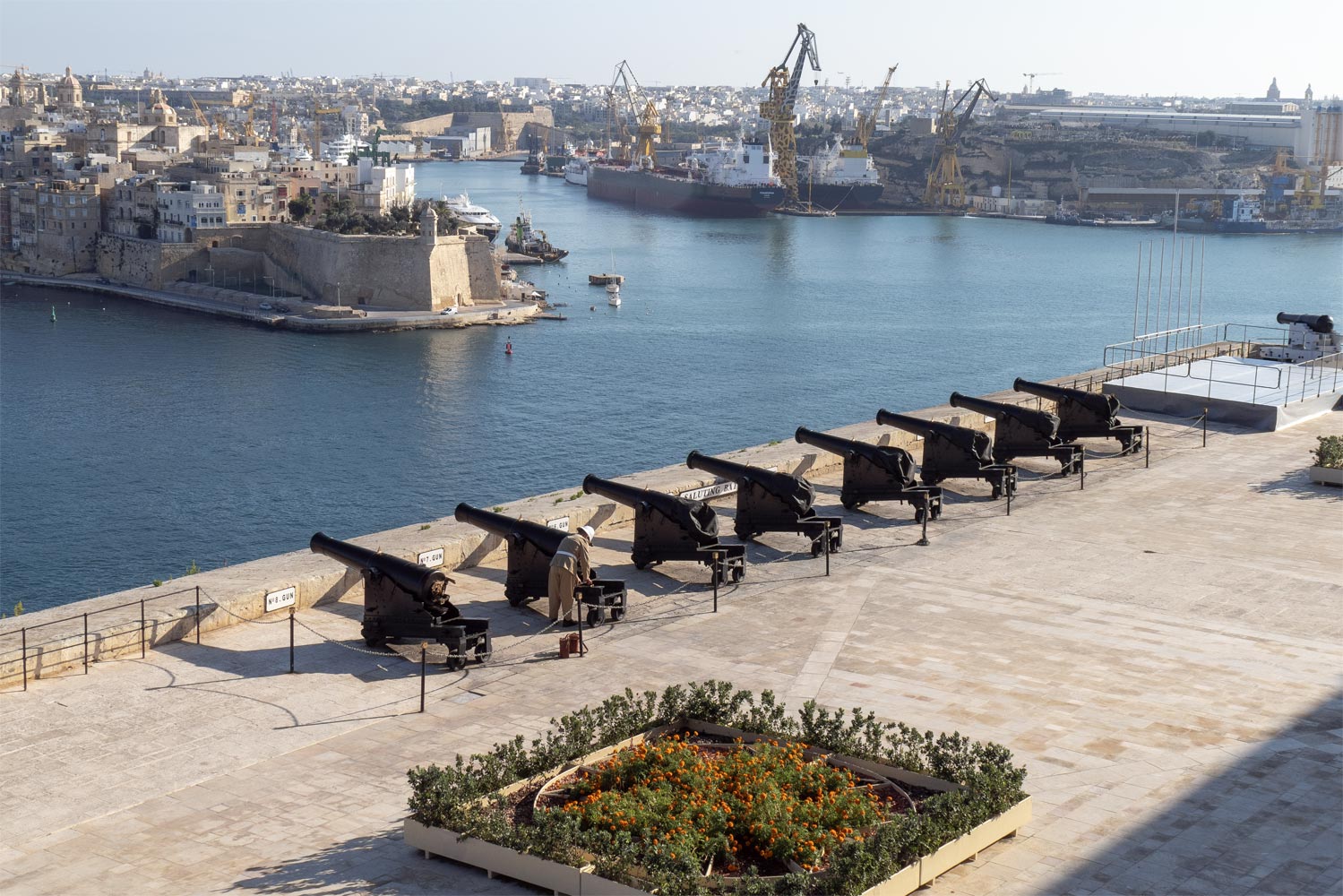
Somewhere there, some yachts are sailing as well.
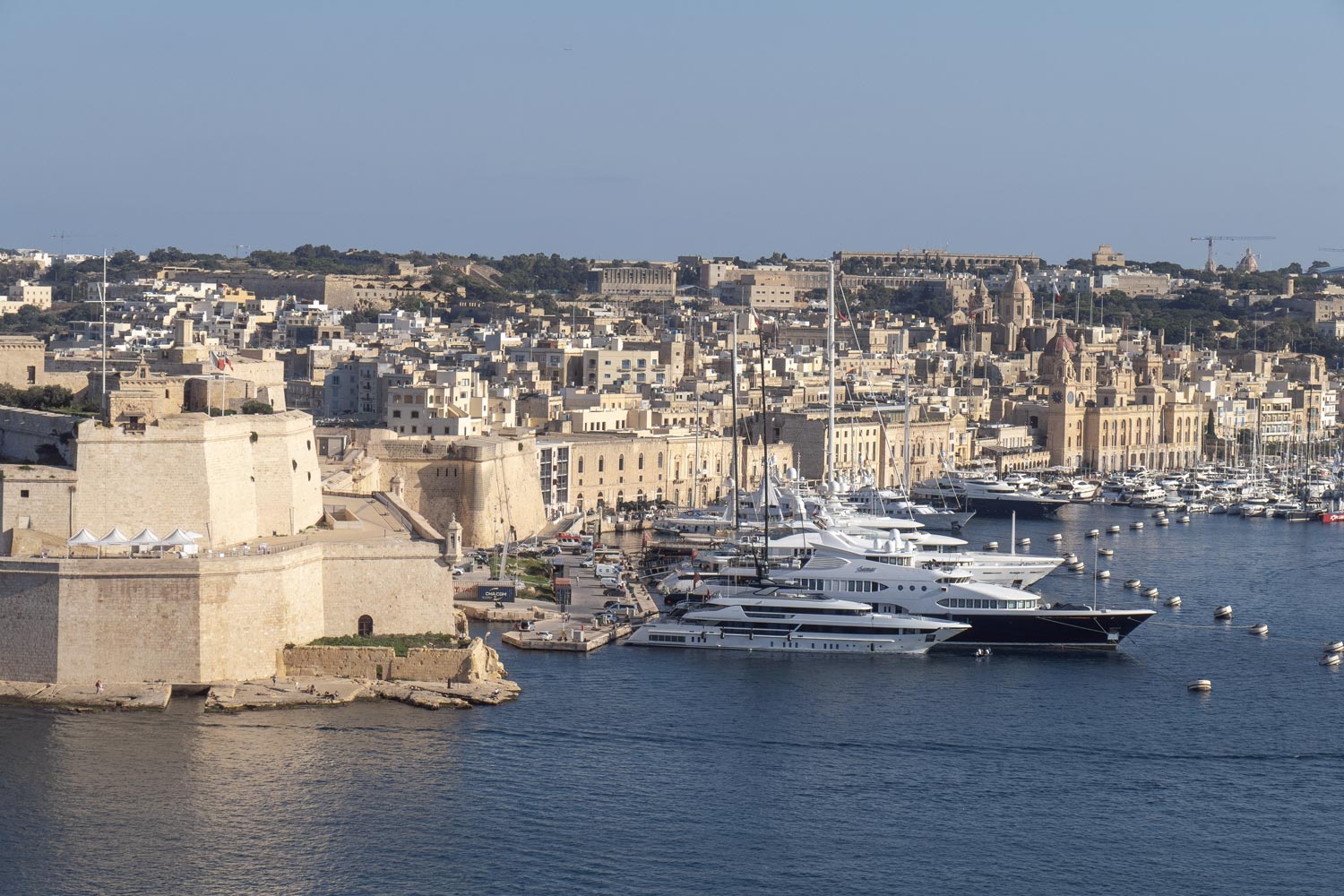
The walls of the fort stretch along the entire coastline of Valletta. The city is surrounded by water on three sides, with a fortified entrance on the fourth side.
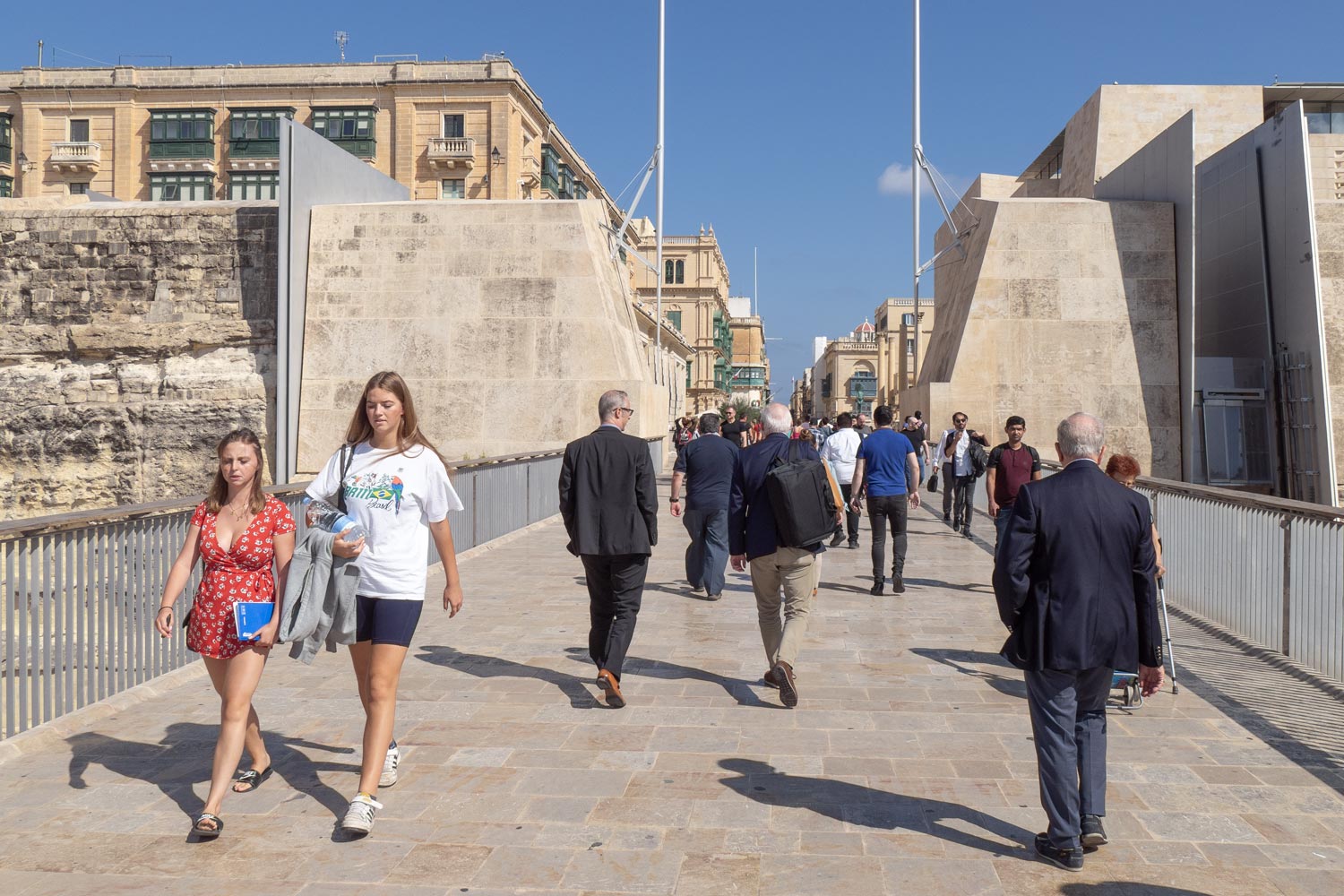
The walls of the fort were designed to withstand over a thousand cannon shots per day.

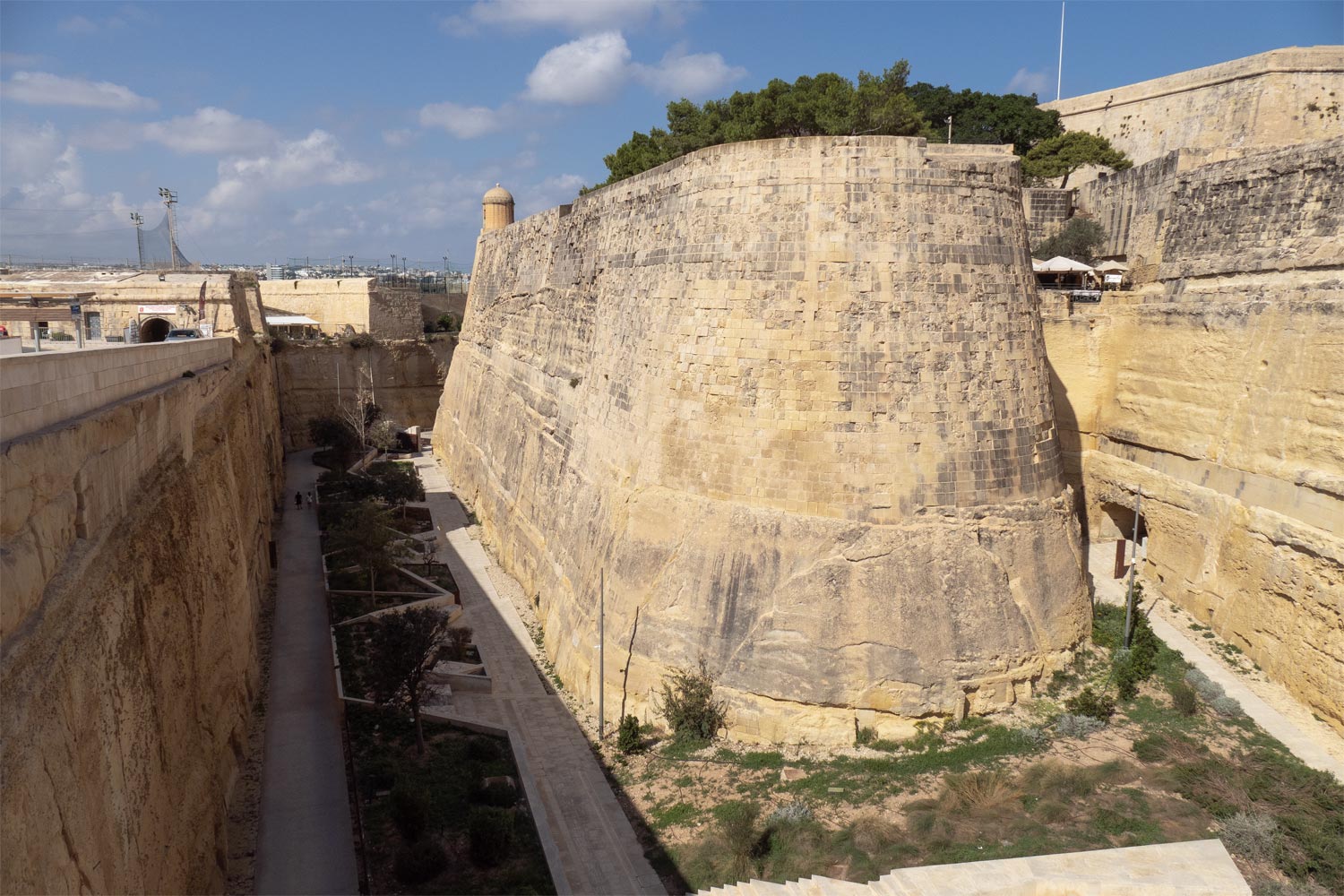
Absolutely incredible quality of laying. The walls transition into a sidewalk at a smooth angle.
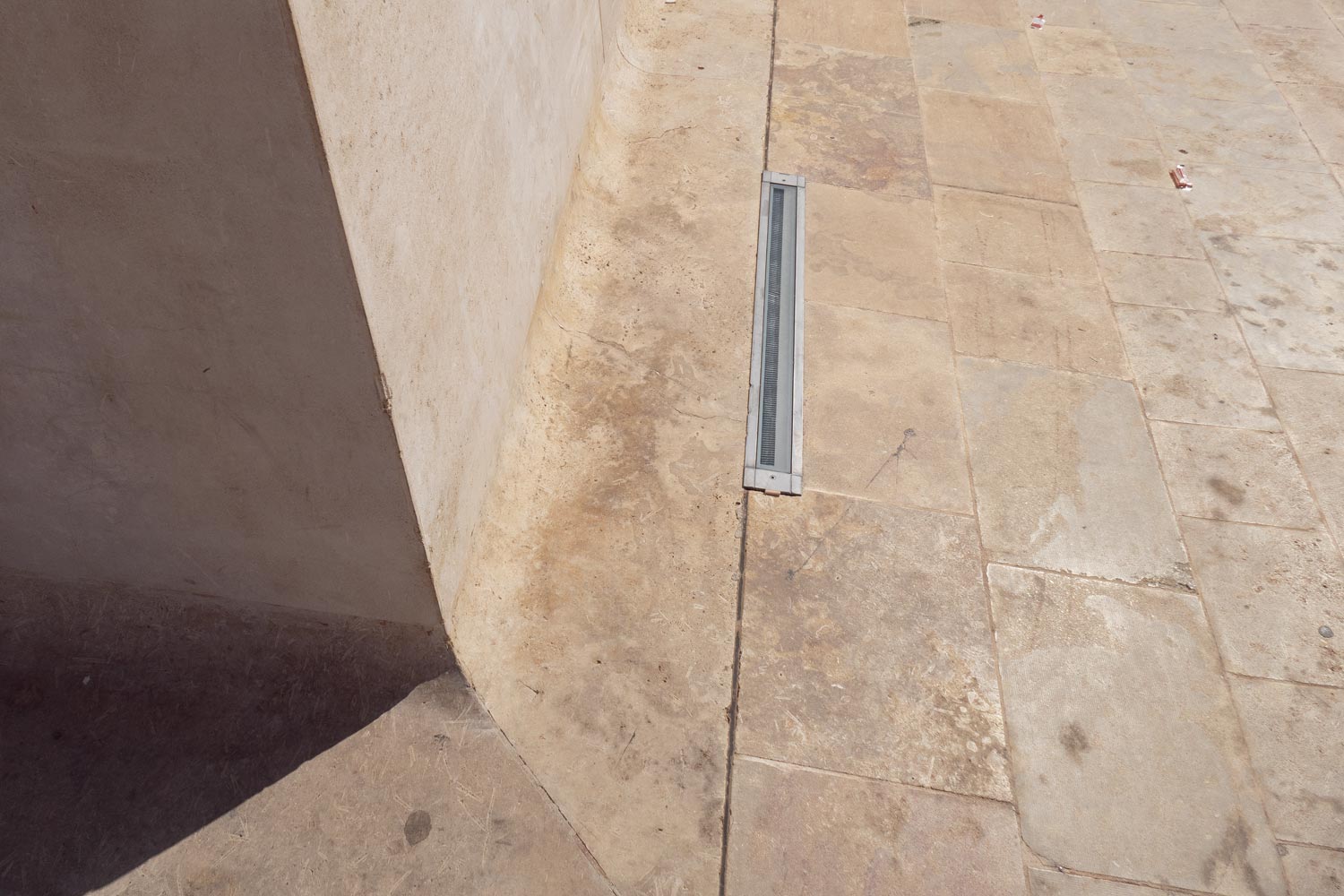
The city of Valletta is entirely captured within the fort.
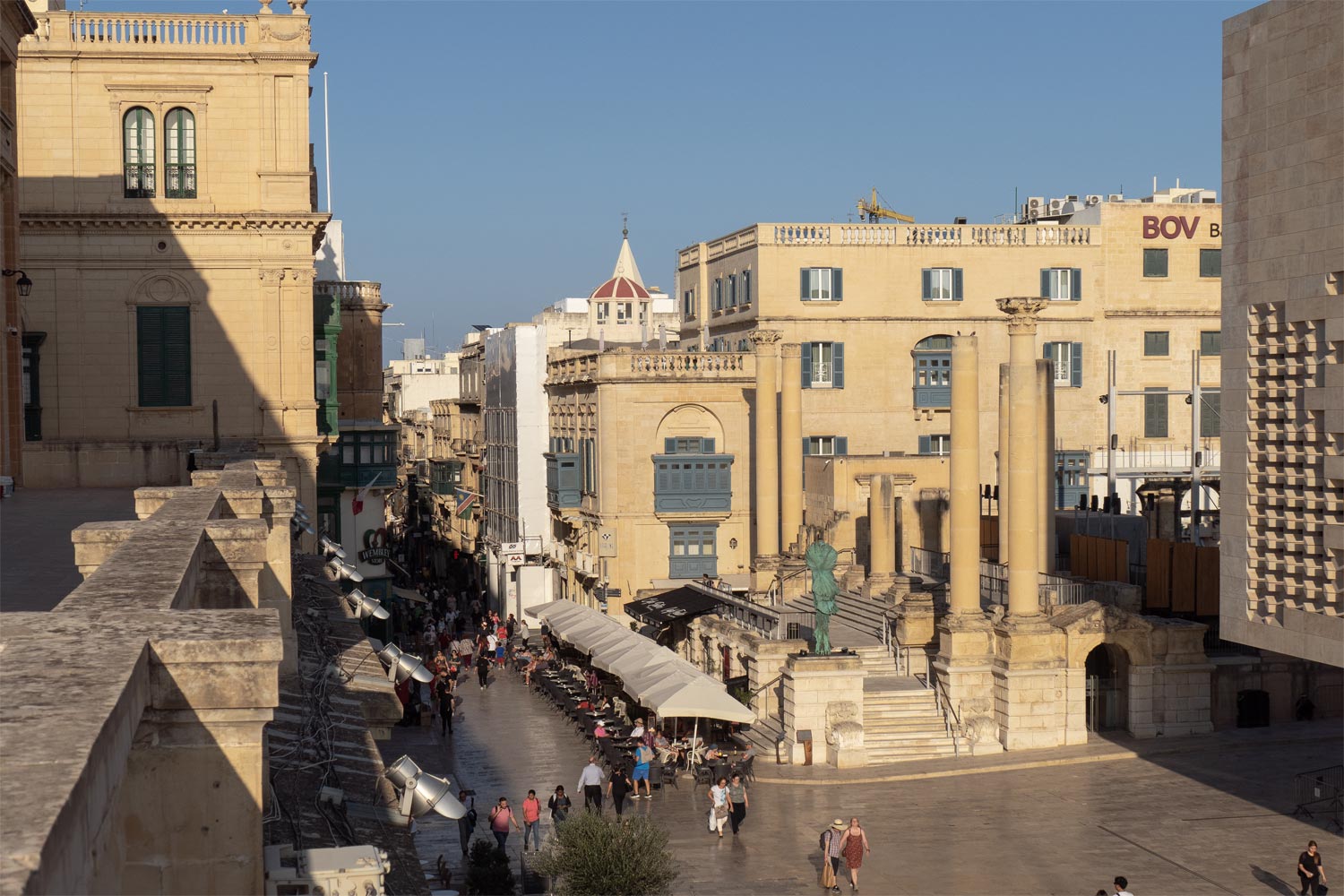
The entirety of Valletta is built from limestone simply because there is nothing but limestone in Malta. Therefore, the fort, houses, and sidewalks throughout the city are all exactly the same, much like wallpaper covering an entire apartment including the floor and ceiling.
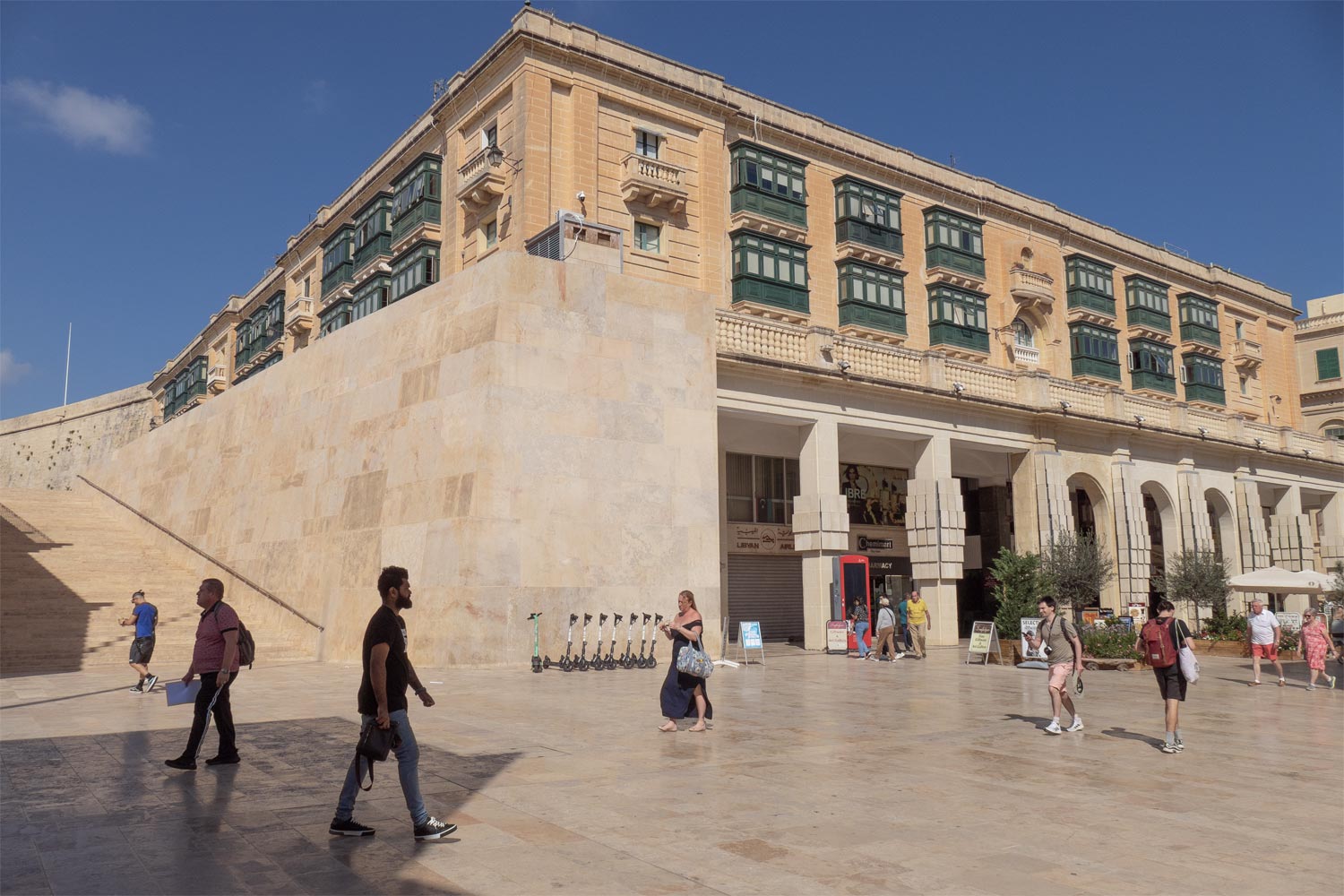
The only thing that breaks up this light-yellow limestone palette is the bombastical green wooden balconies of Arabic style adorning all the houses.

These balconies were not invented by knights. Long before them, Malta was part of the Arab Caliphate for some time. It was the Arabs who brought their famous carved balconies here. Similar ones can be found in Jeddah and Sana’a, as well as in Spain and Portugal, which were also once Arab territories.
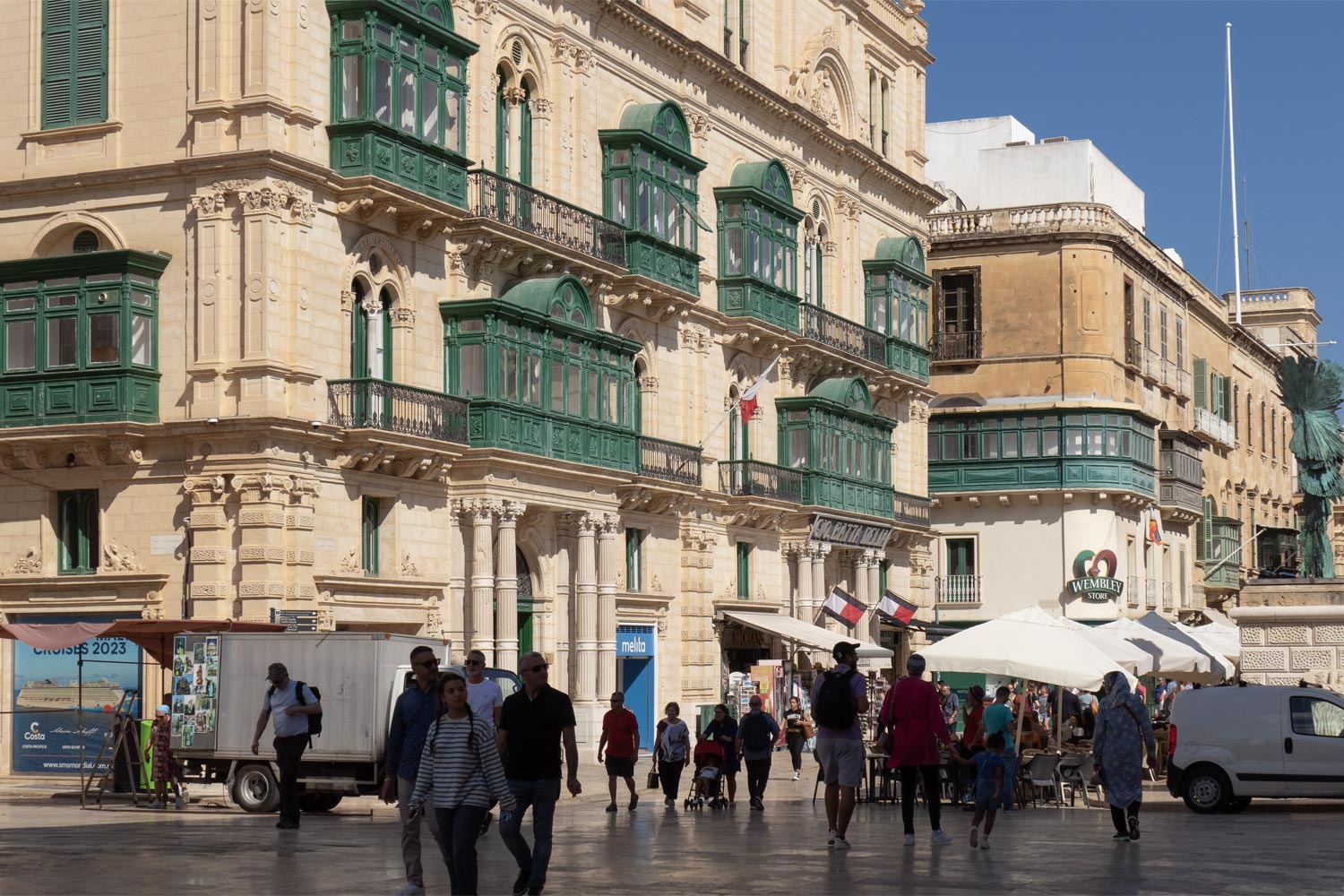
Thanks to these Arab balconies and equally beautiful window shutters, the sandy Valletta looks extremely photogenic.

The combination of Arab carvings with European stucco on the walls looks most impressive. Valletta’s architecture has taken the best from both cultures.
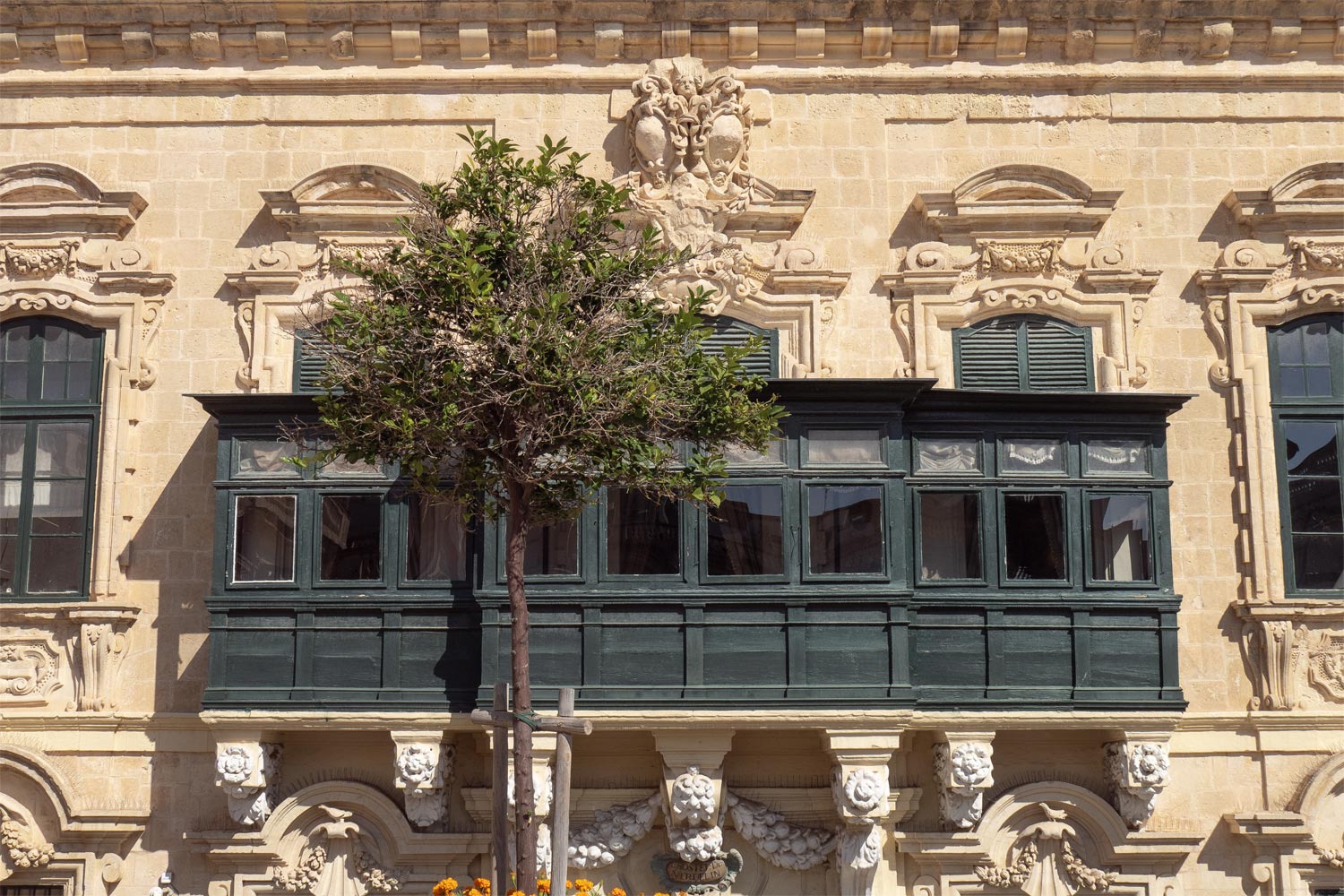
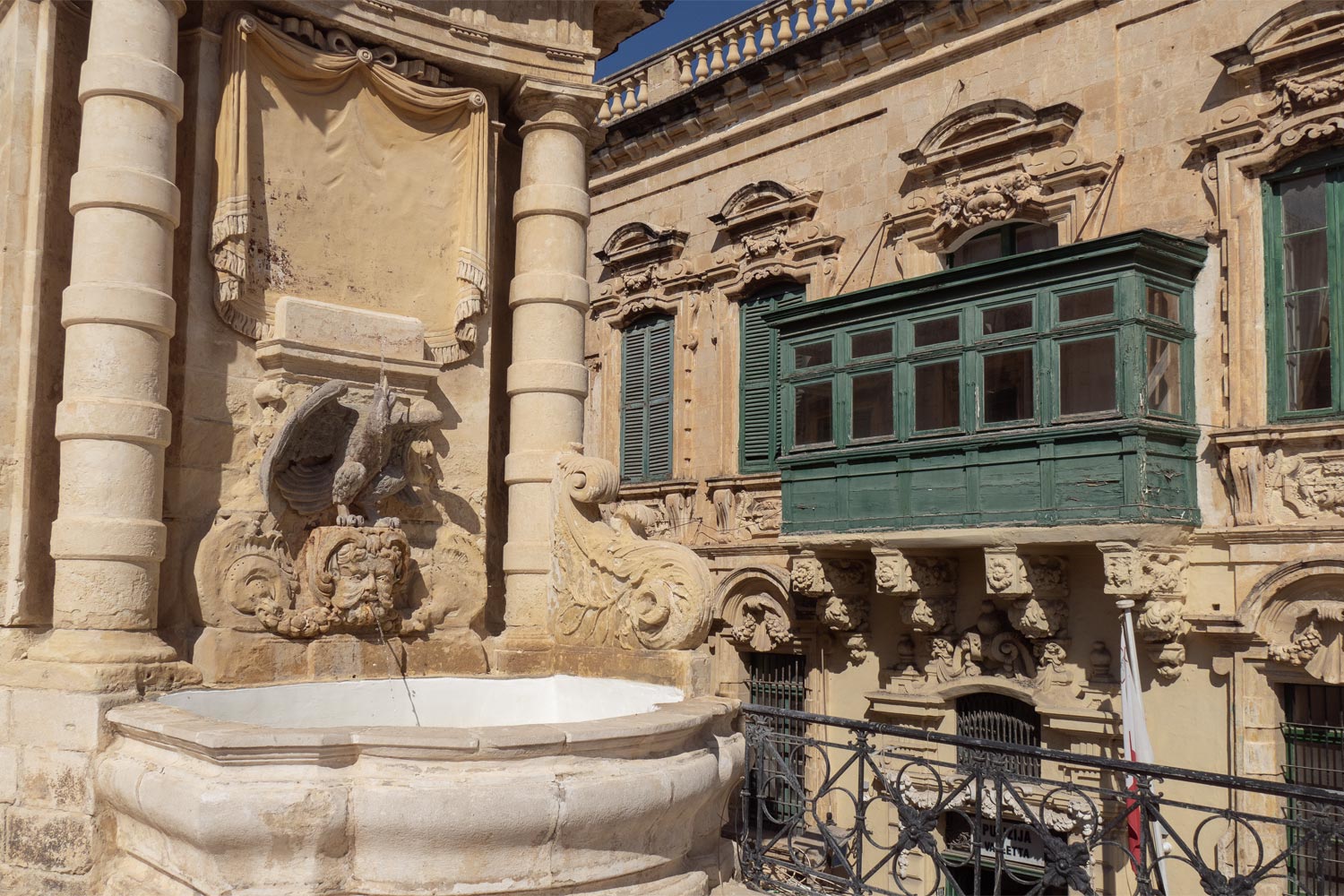
Just like in the East, women often sit on these balconies and have conversations, but without hijabs and with open windows.
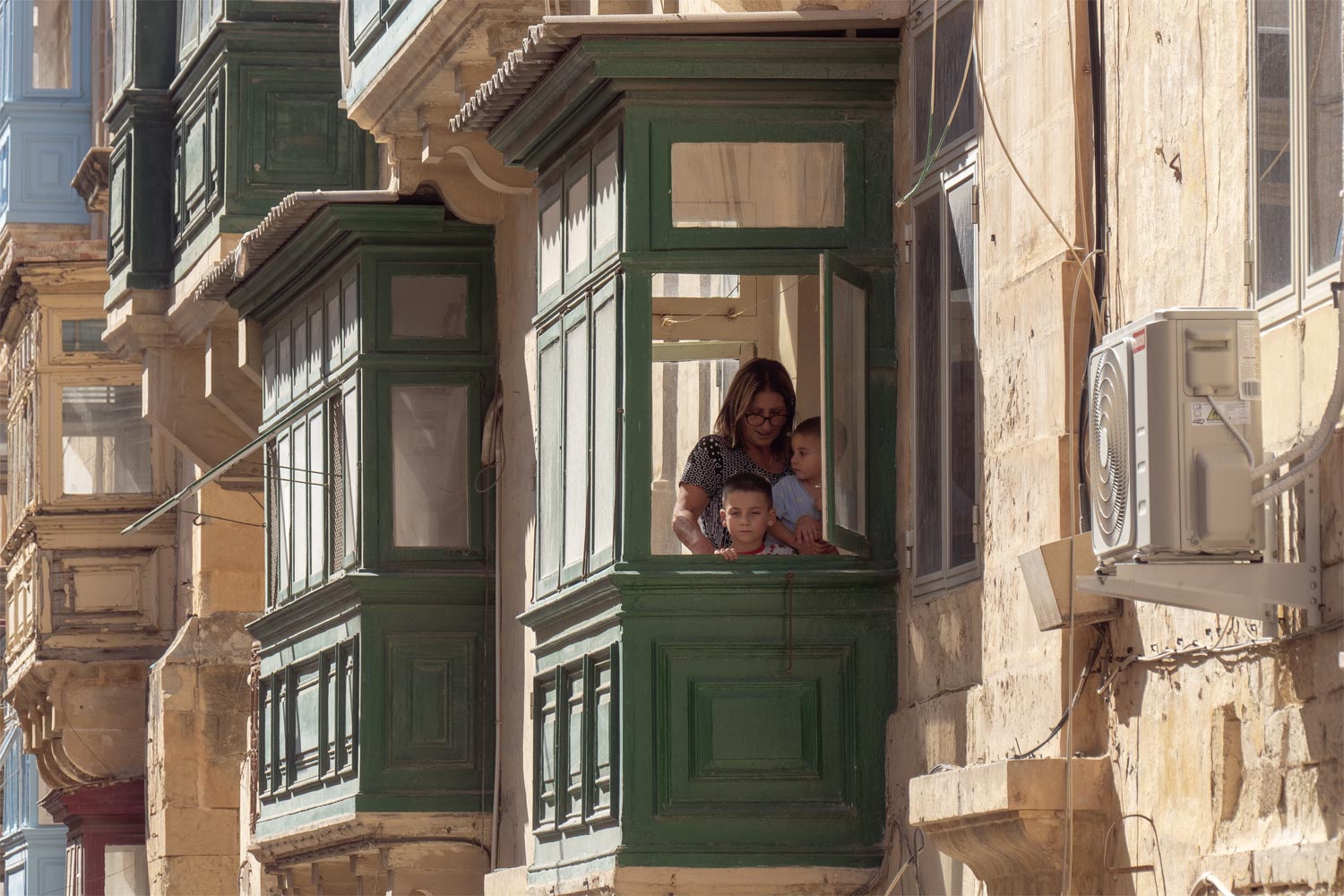
Somewhere deep in Valletta, whole thickets of balconies can be found.

Here Malta really resembles Saudi Arabia. The last time I saw such beauty was in Jeddah.
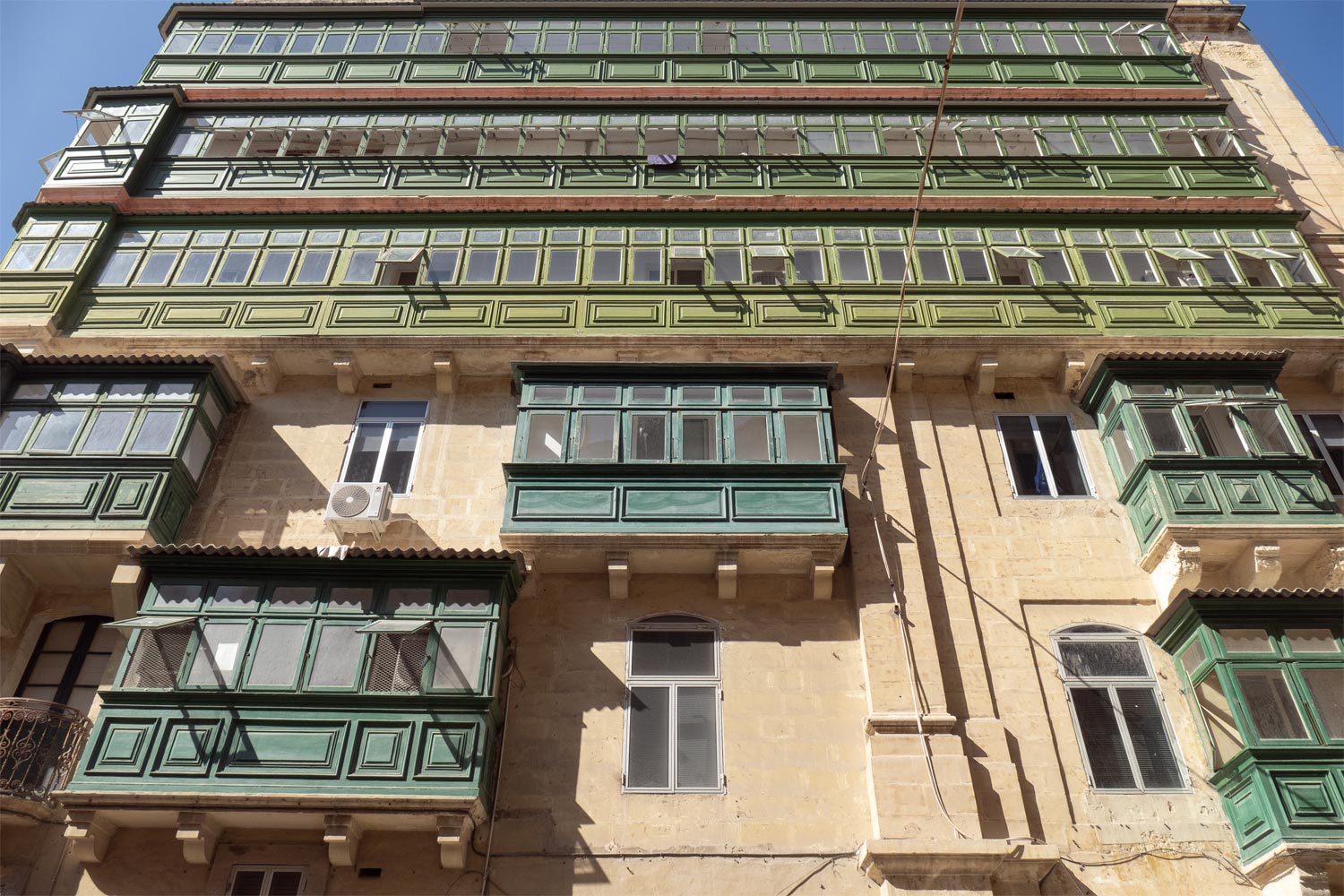
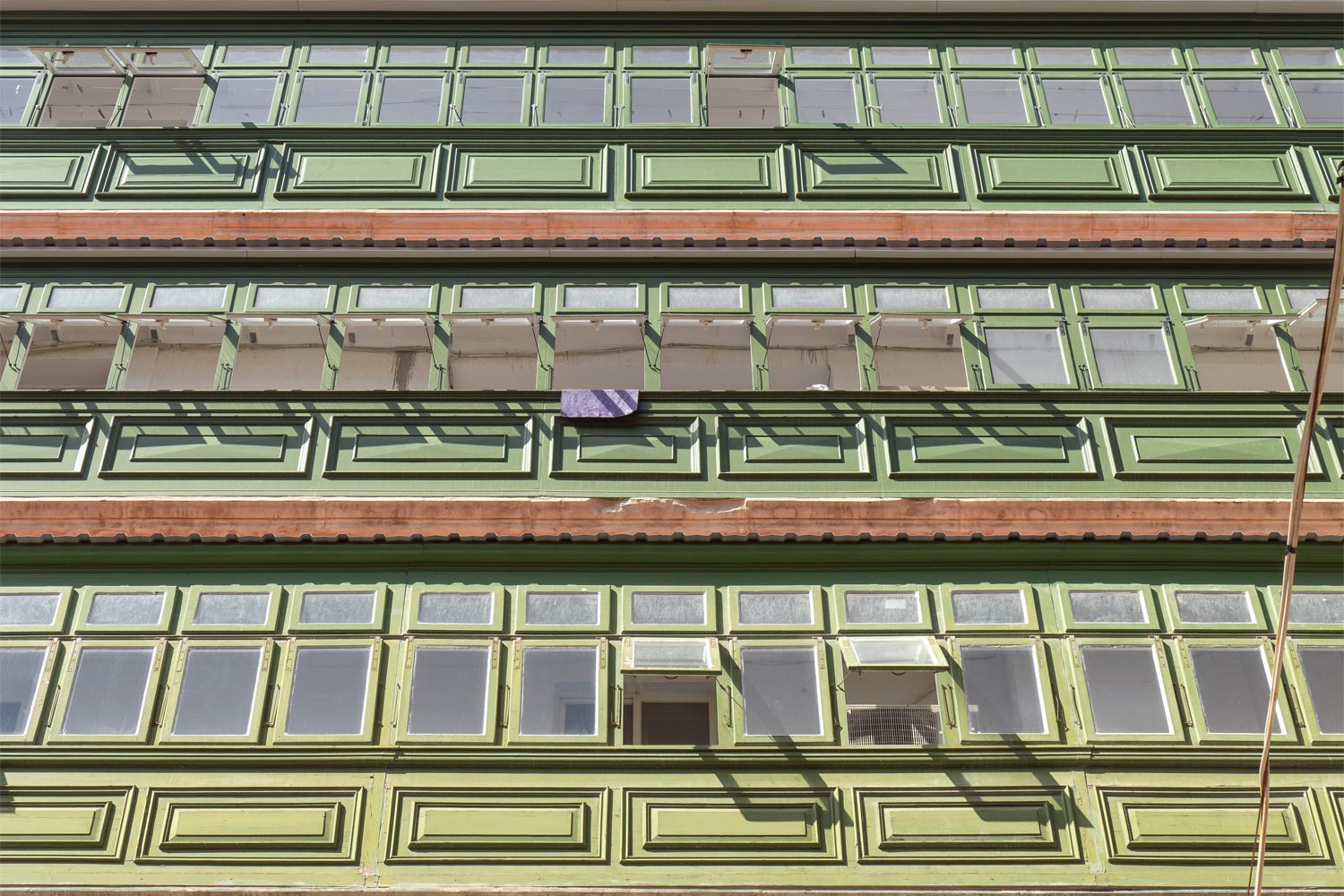
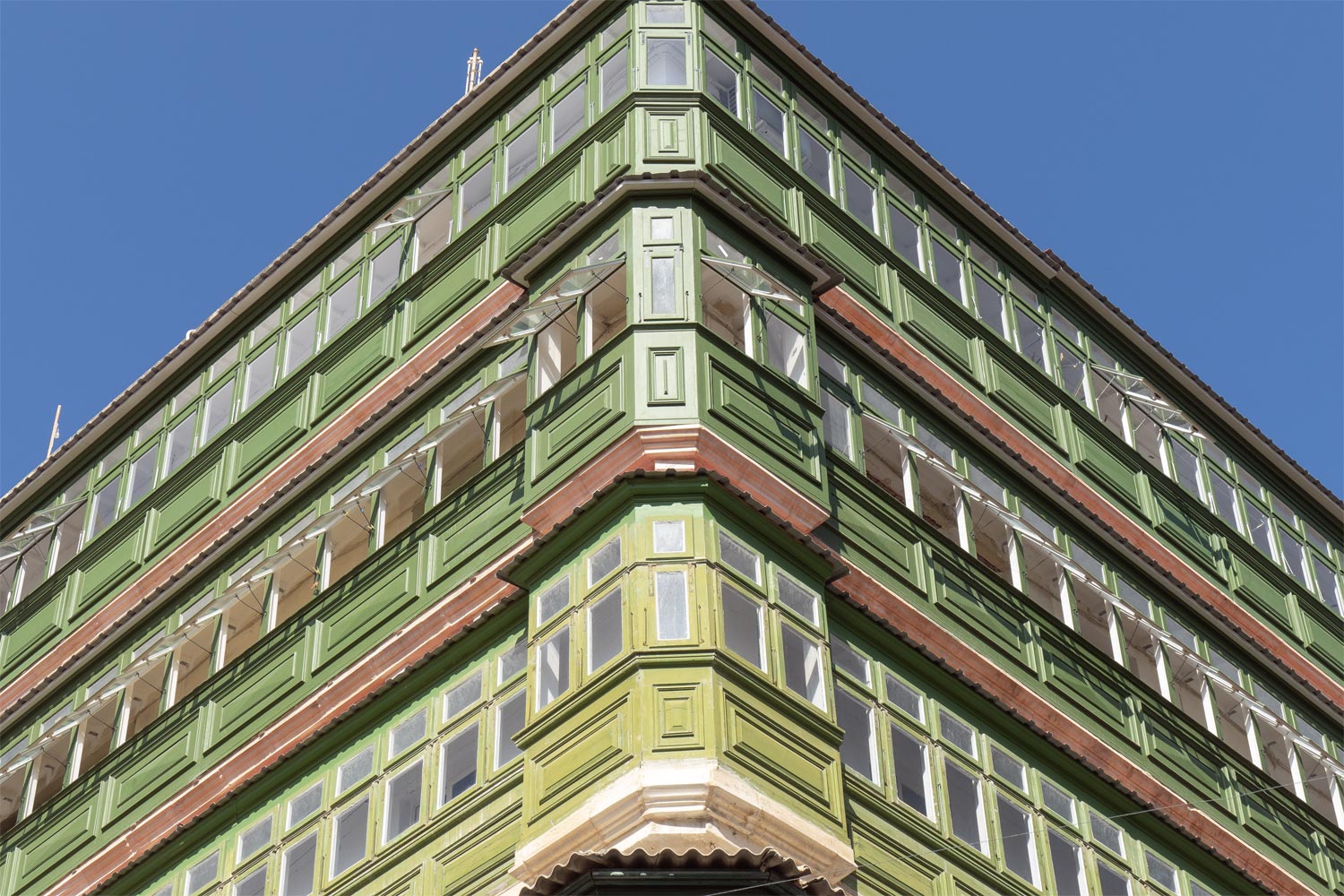
It’s hard to believe that Malta is a European Union country. It feels like the Middle East here. Hmm, wait a minute...
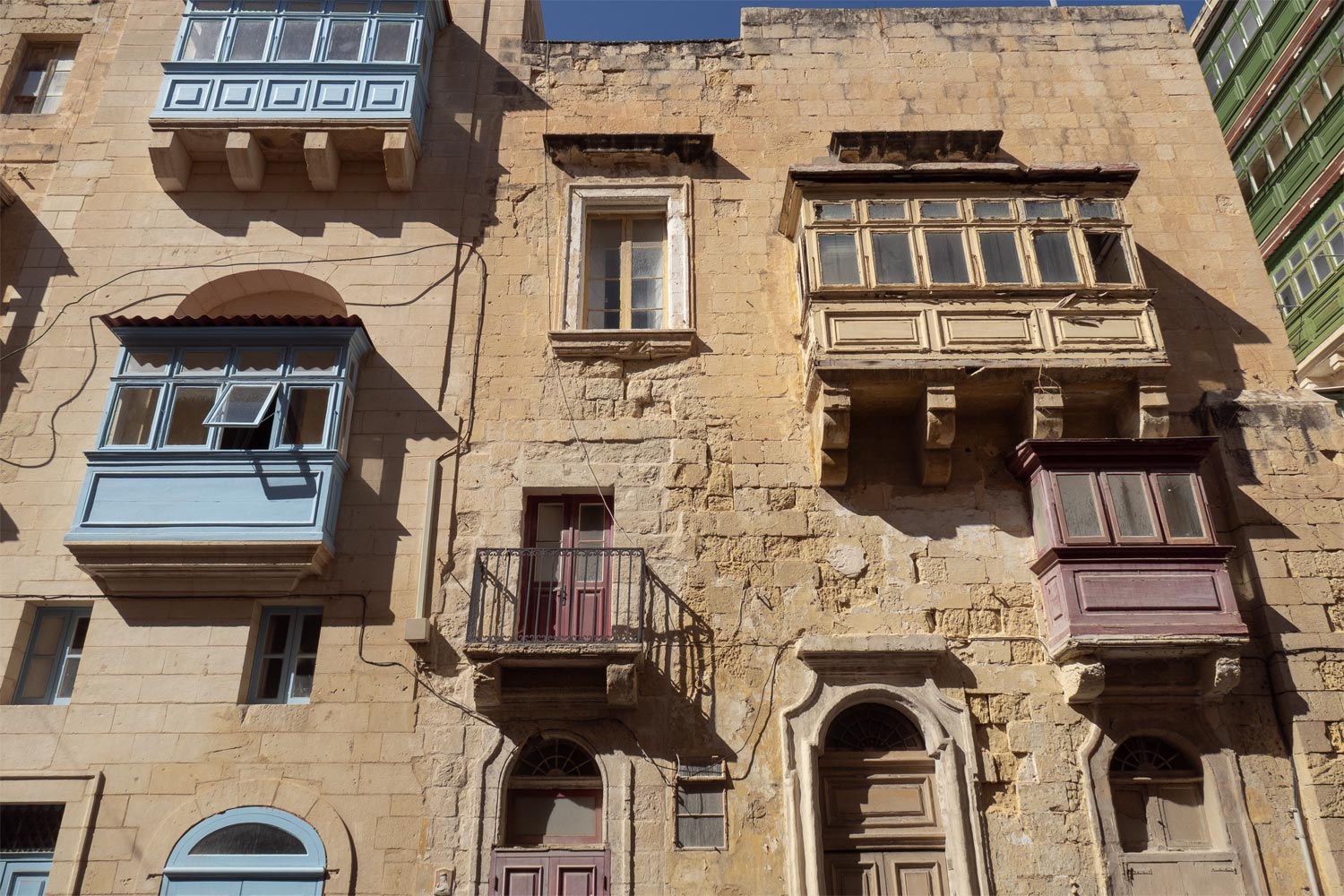
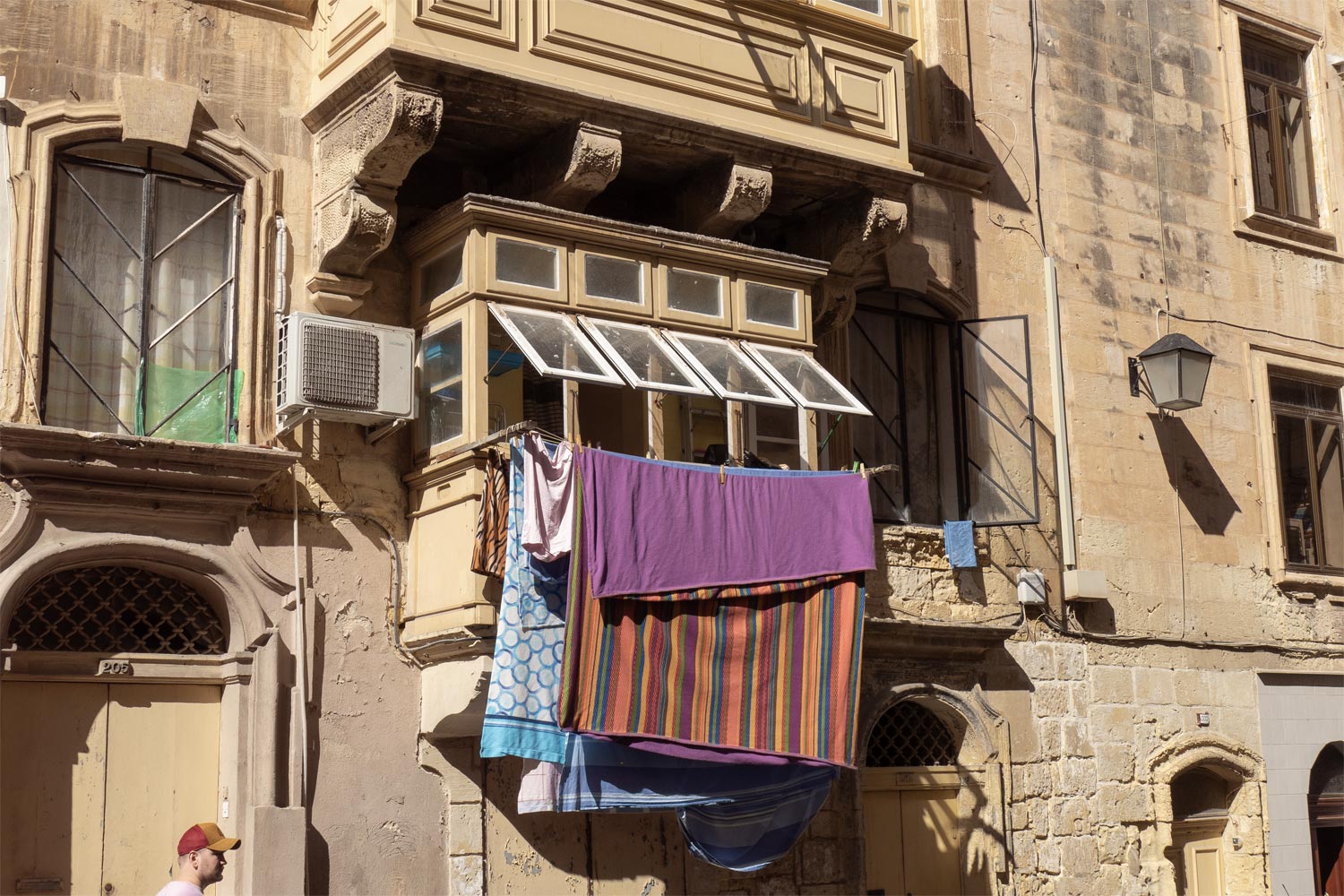

The city streets look nothing like Europe. It’s more like Tunisia or Lebanon, just very clean.

There are hardly any interesting places in the city. Just a couple of old temples and museums.
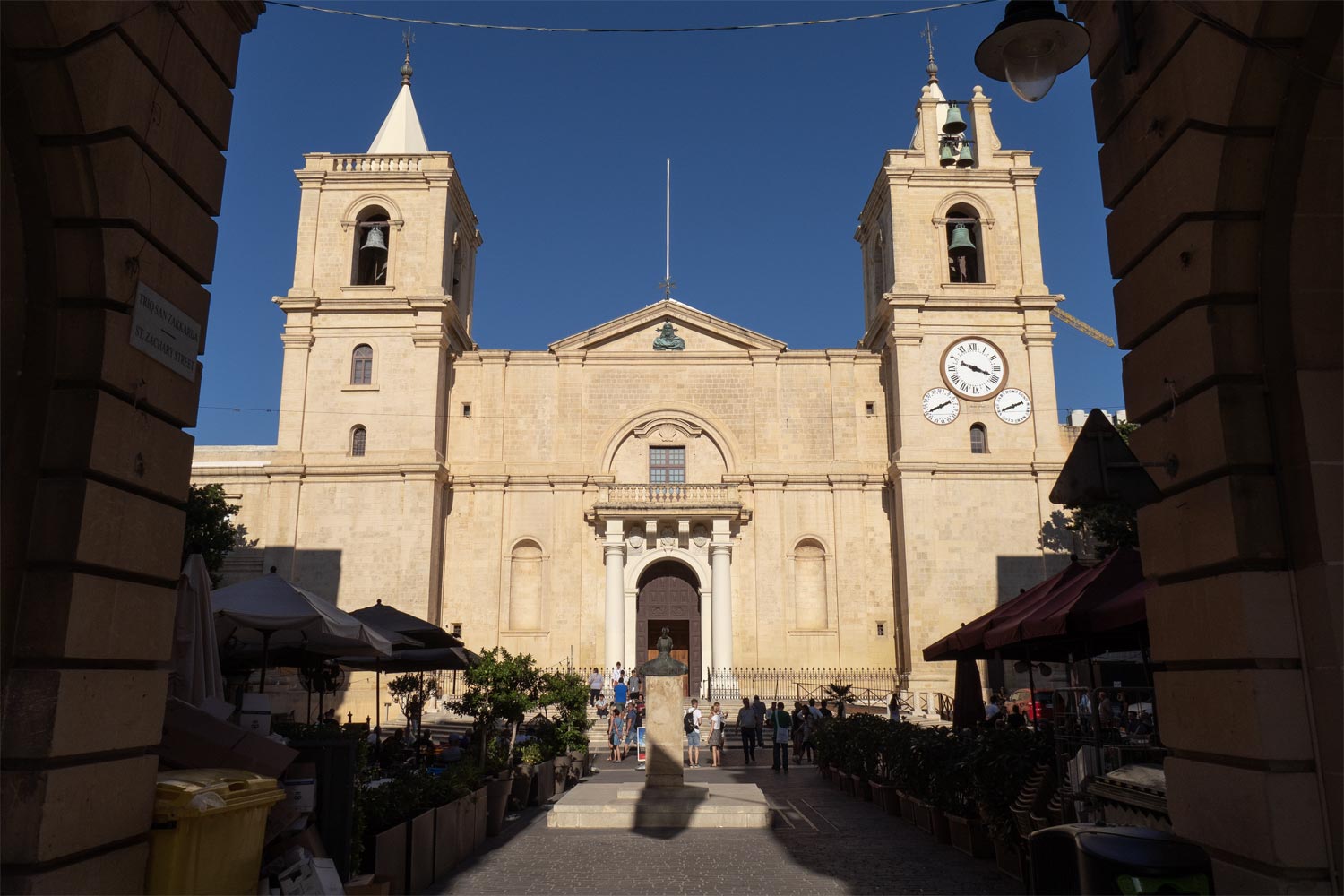

They are not needed; Valletta itself is like a museum.
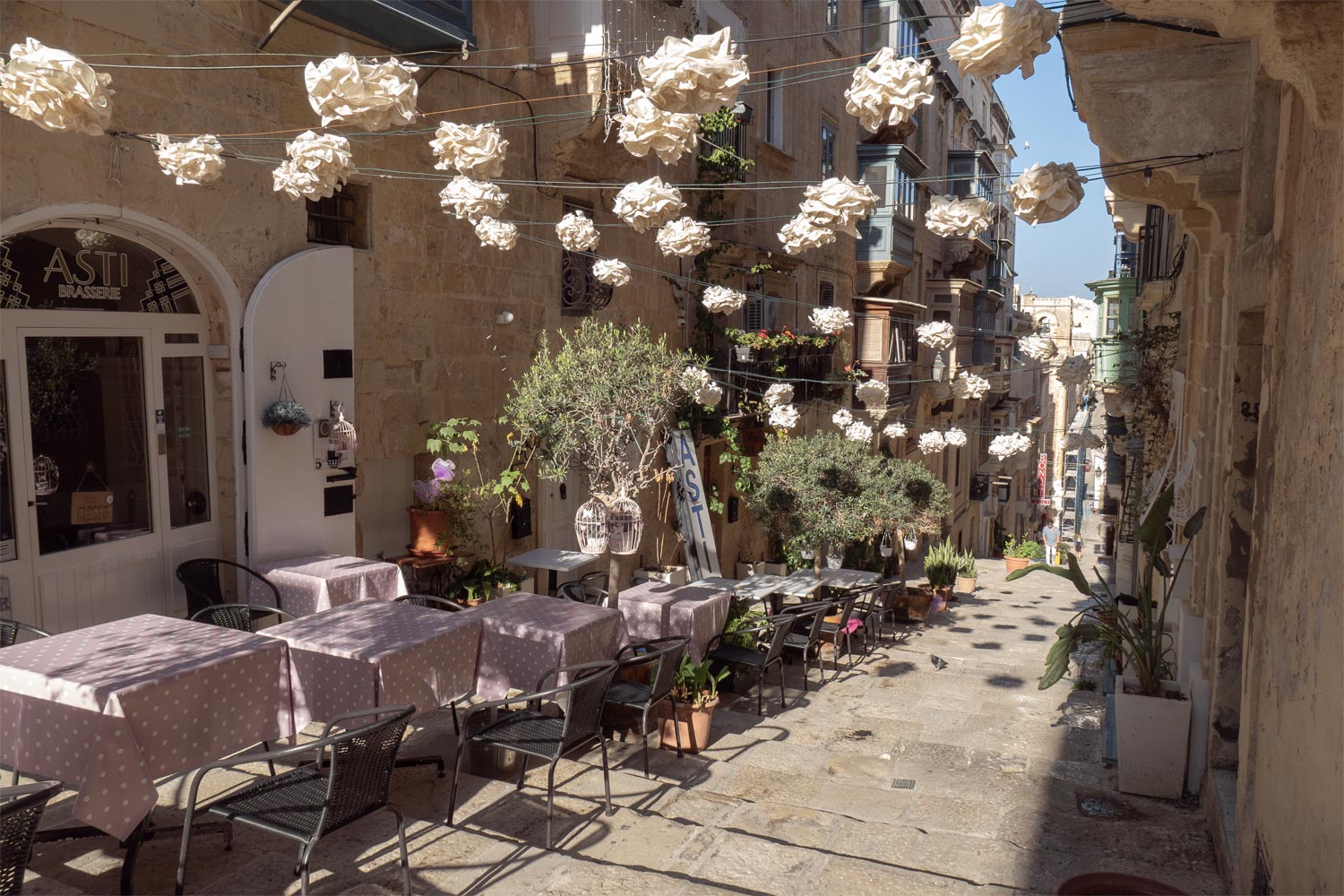

Regular cannon salutes are fired from the walls of the old fort — both an exhibition and a performance.
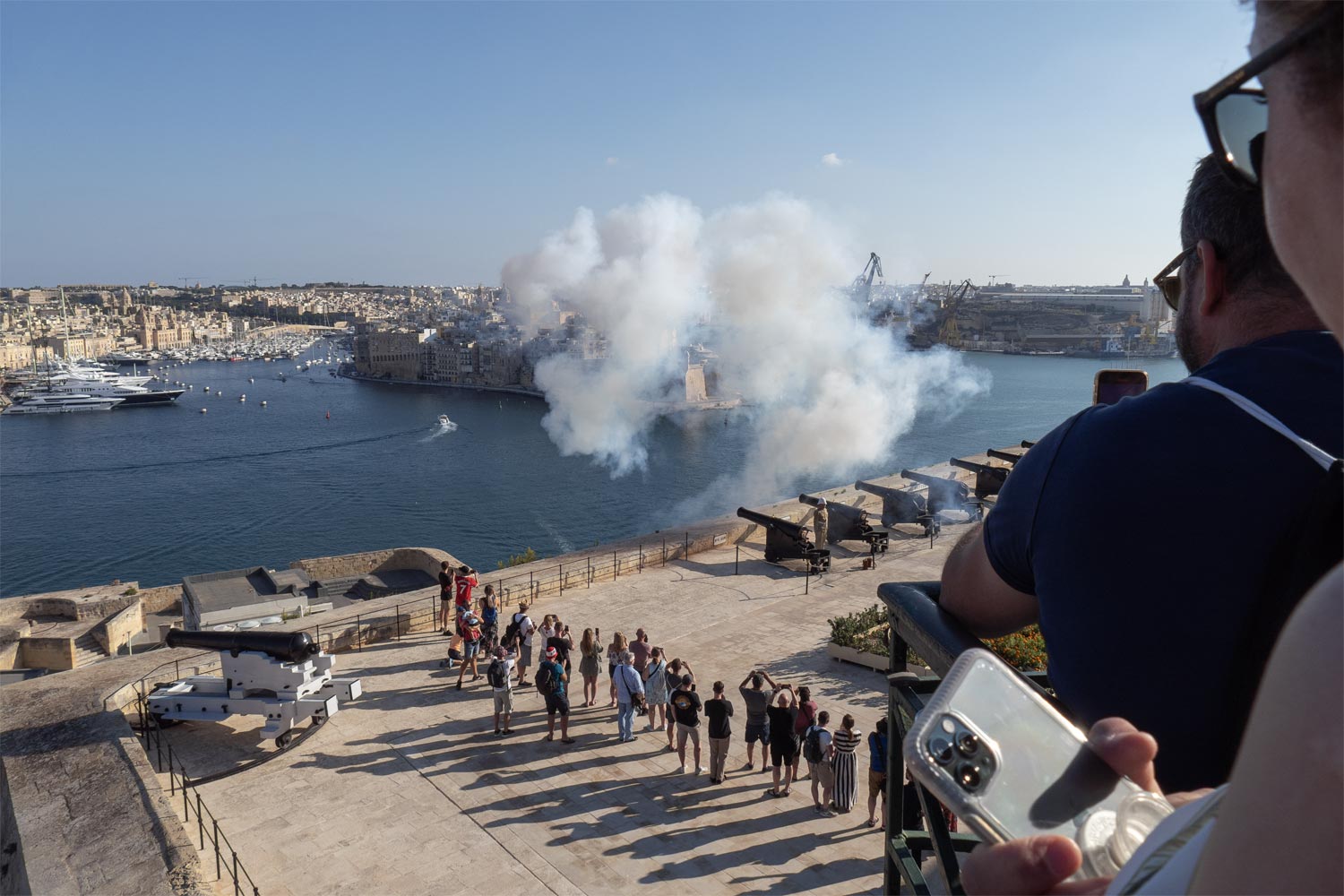
Beautiful government building.
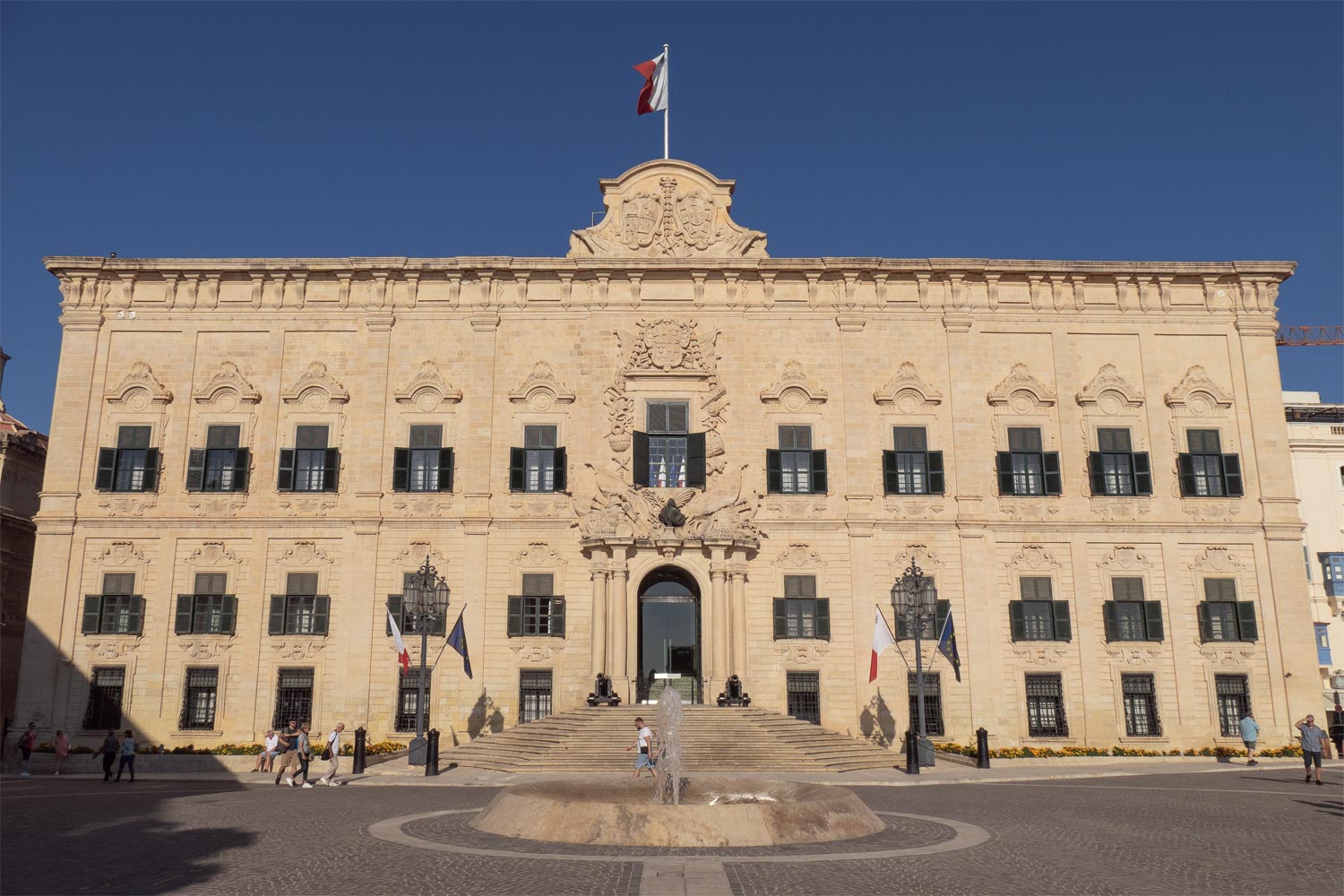
Interesting memorial resembling Roman aqueducts.

Beyond the fort, urban development continues, but it’s no longer Valletta itself, it’s the suburbs. It’s also very beautiful here.
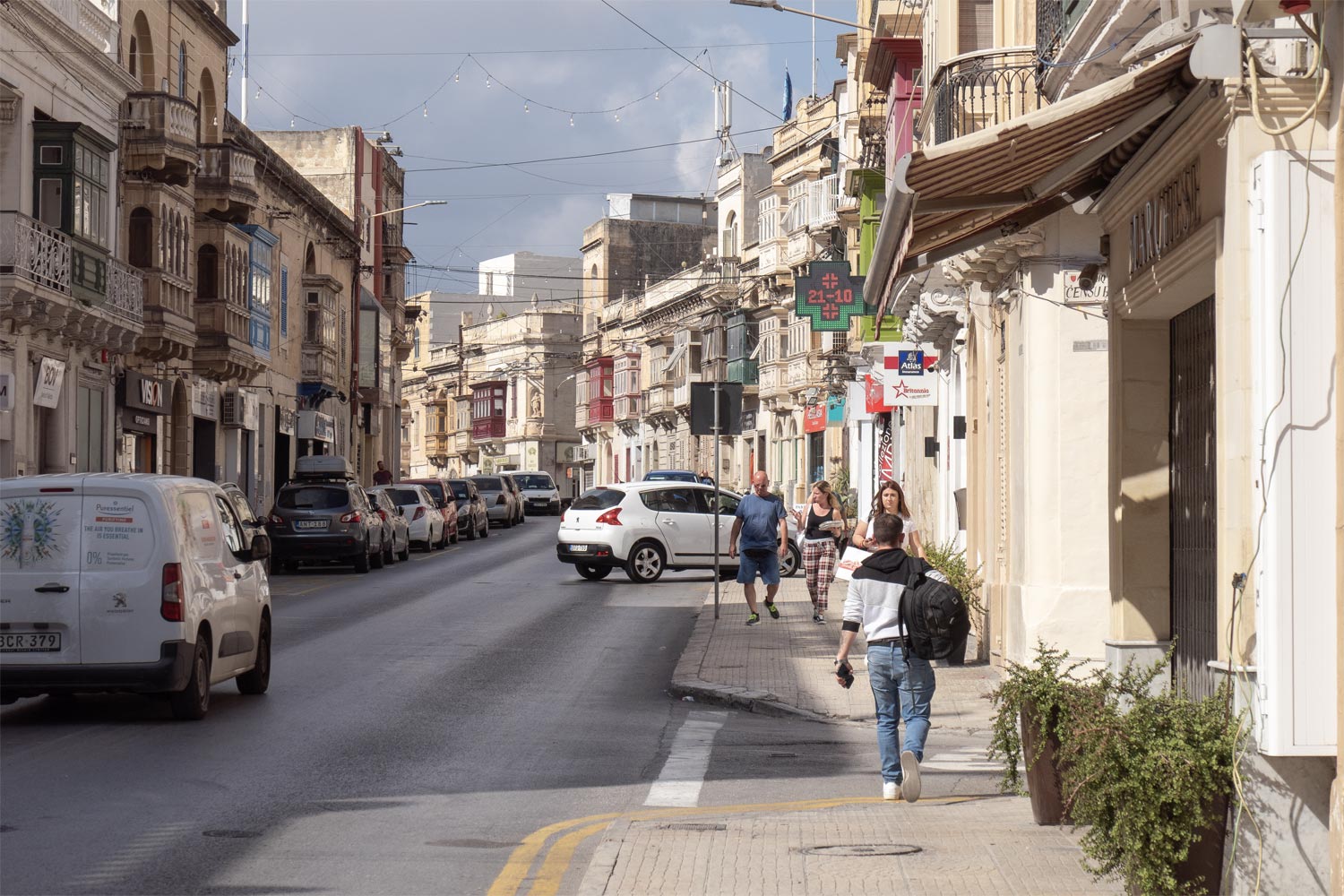
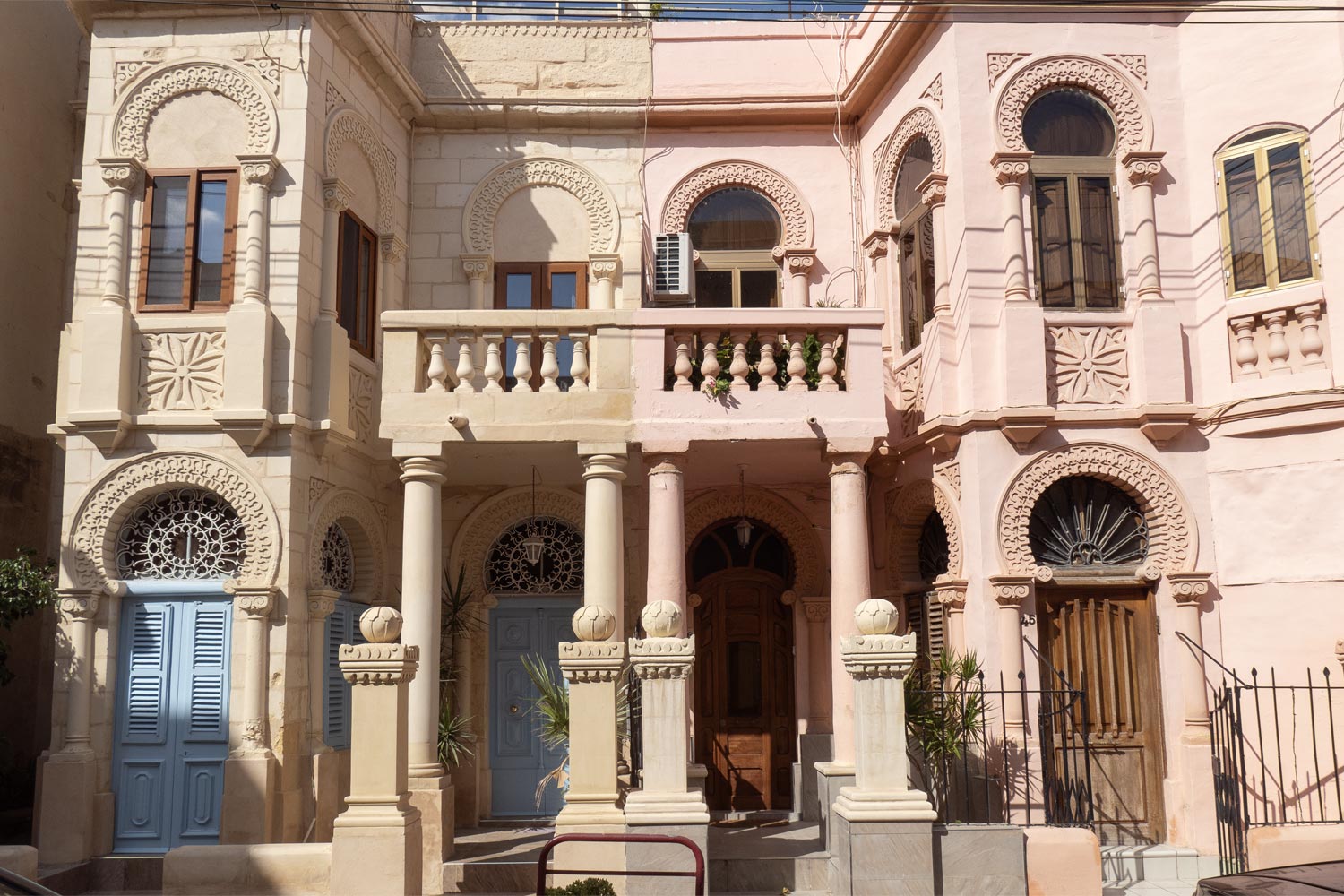
Here is an incredible detail that I have not encountered anywhere else yet.
Every house in Malta has its own name. These plaques with inscriptions like St. Georges or Anfield are not the surnames of residents at all. If you look closely, some plaques are named: Our Dream or Mother of God.
Most often, the names are related to the religion or profession of the residents. All plaques are completely different and decorated with ornaments or heraldic fonts.


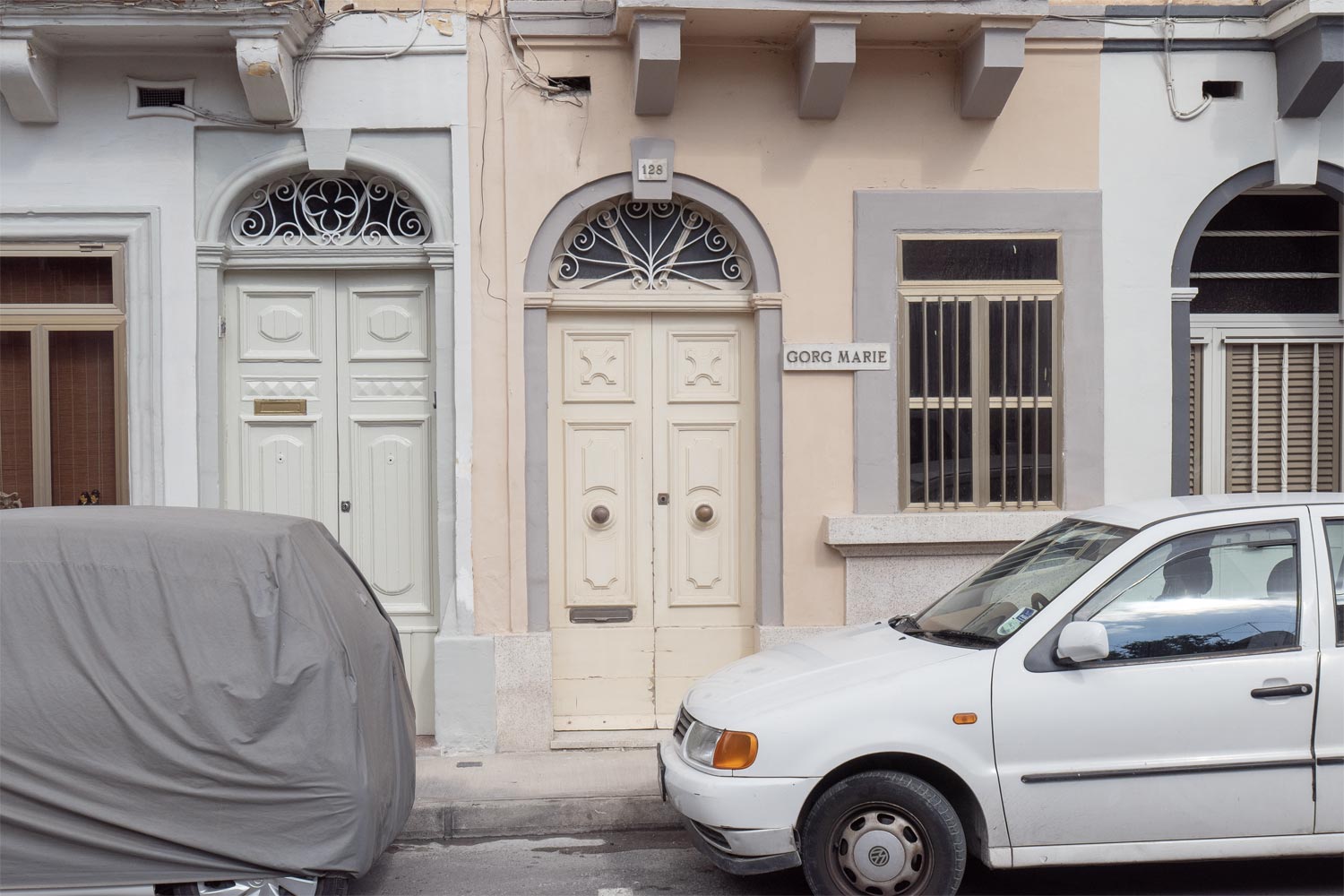
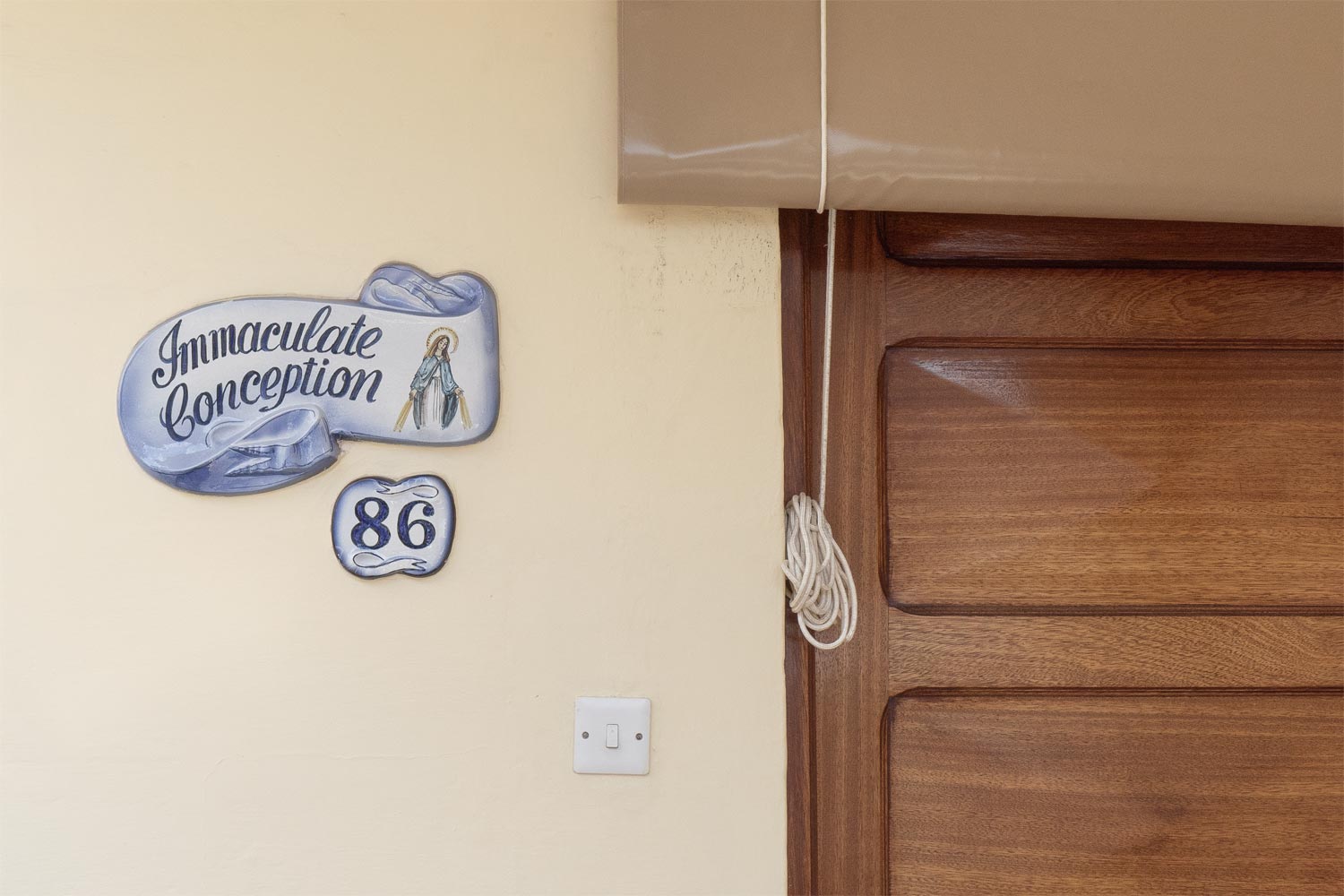
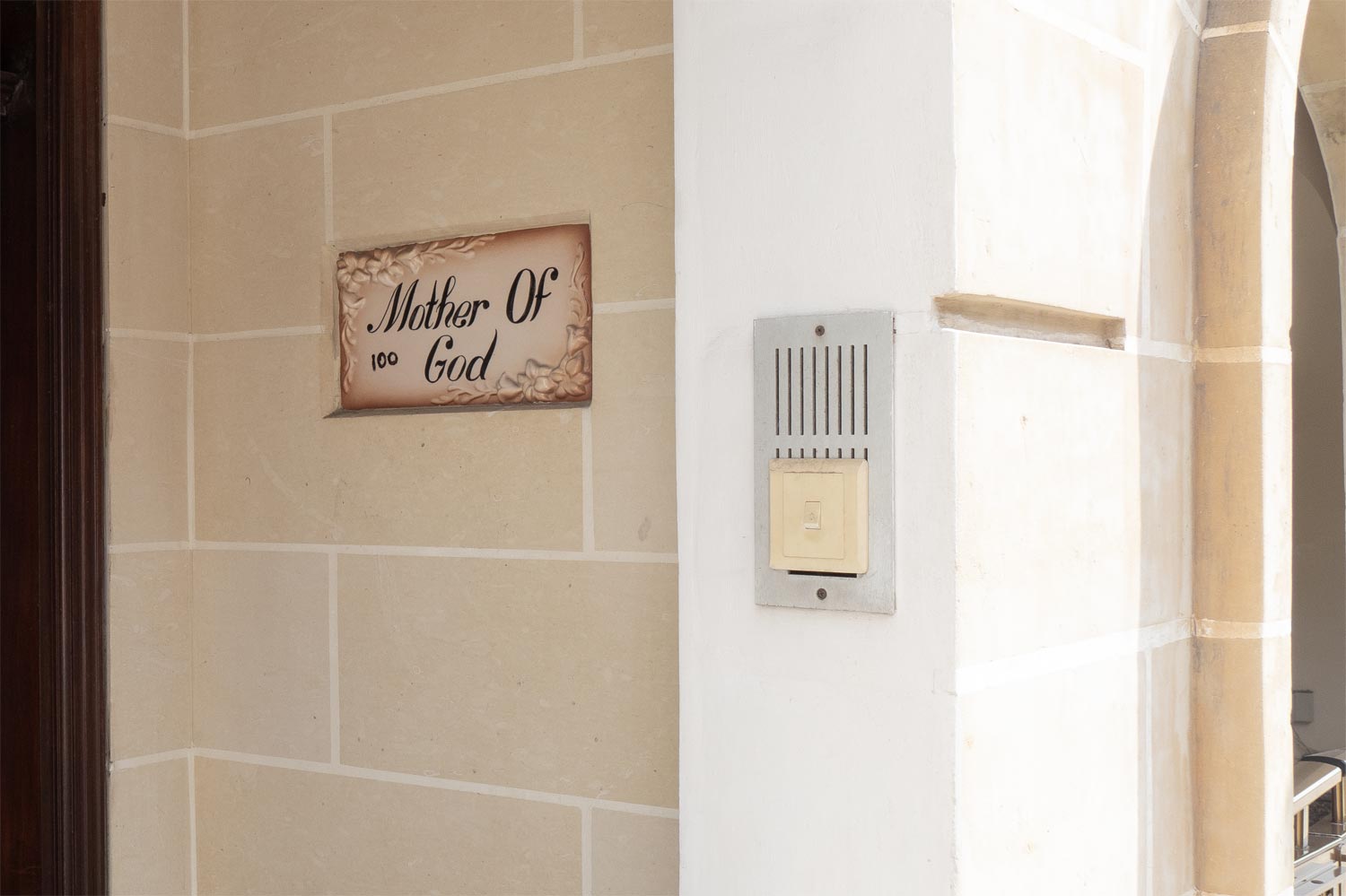
Another urban detail is a relief in the shape of a face, attached to the wall.

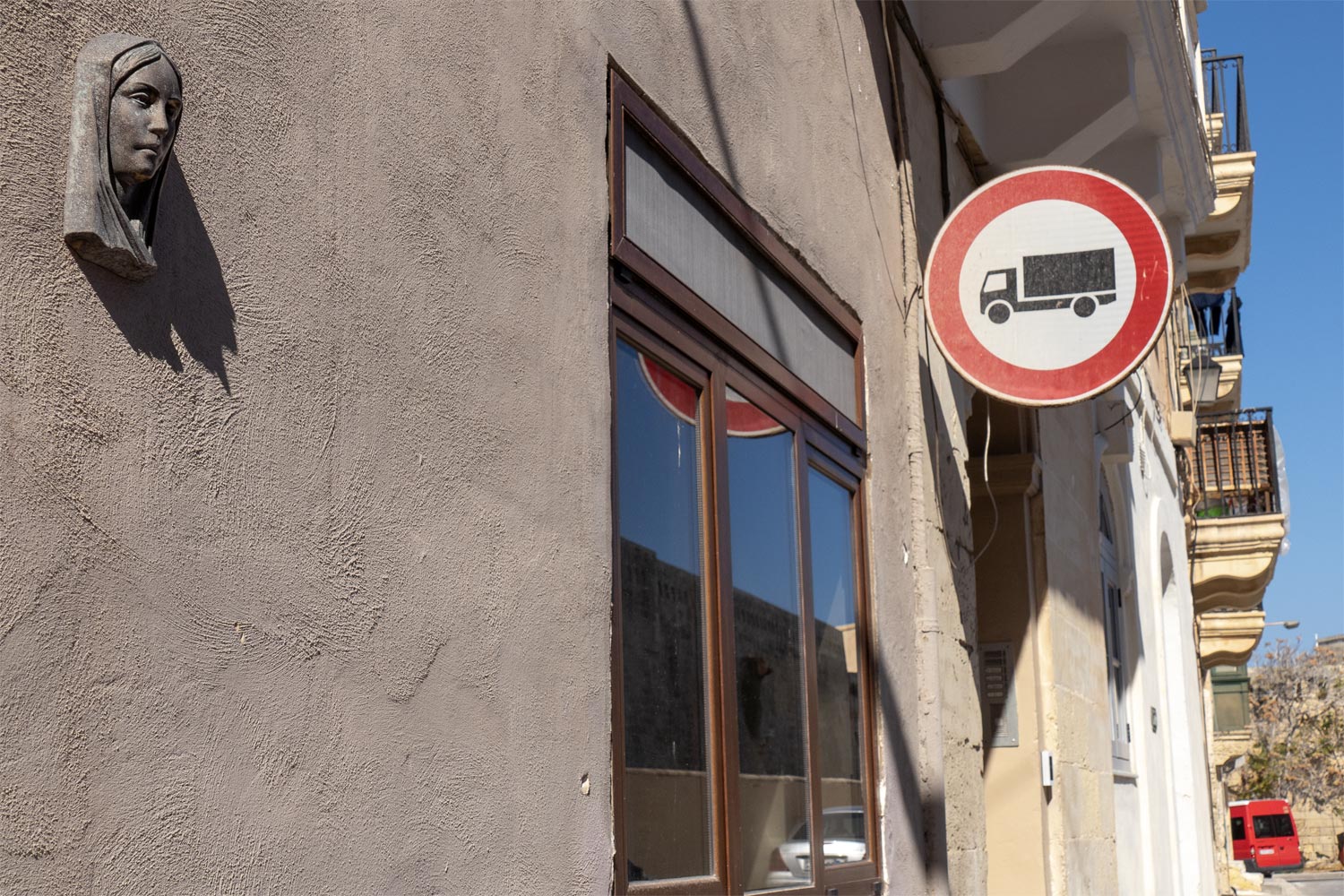
Overall, of course, the suburbs are much more worn down. Here you can find dust, potholes in the sidewalks; and the buildings are of lower quality.
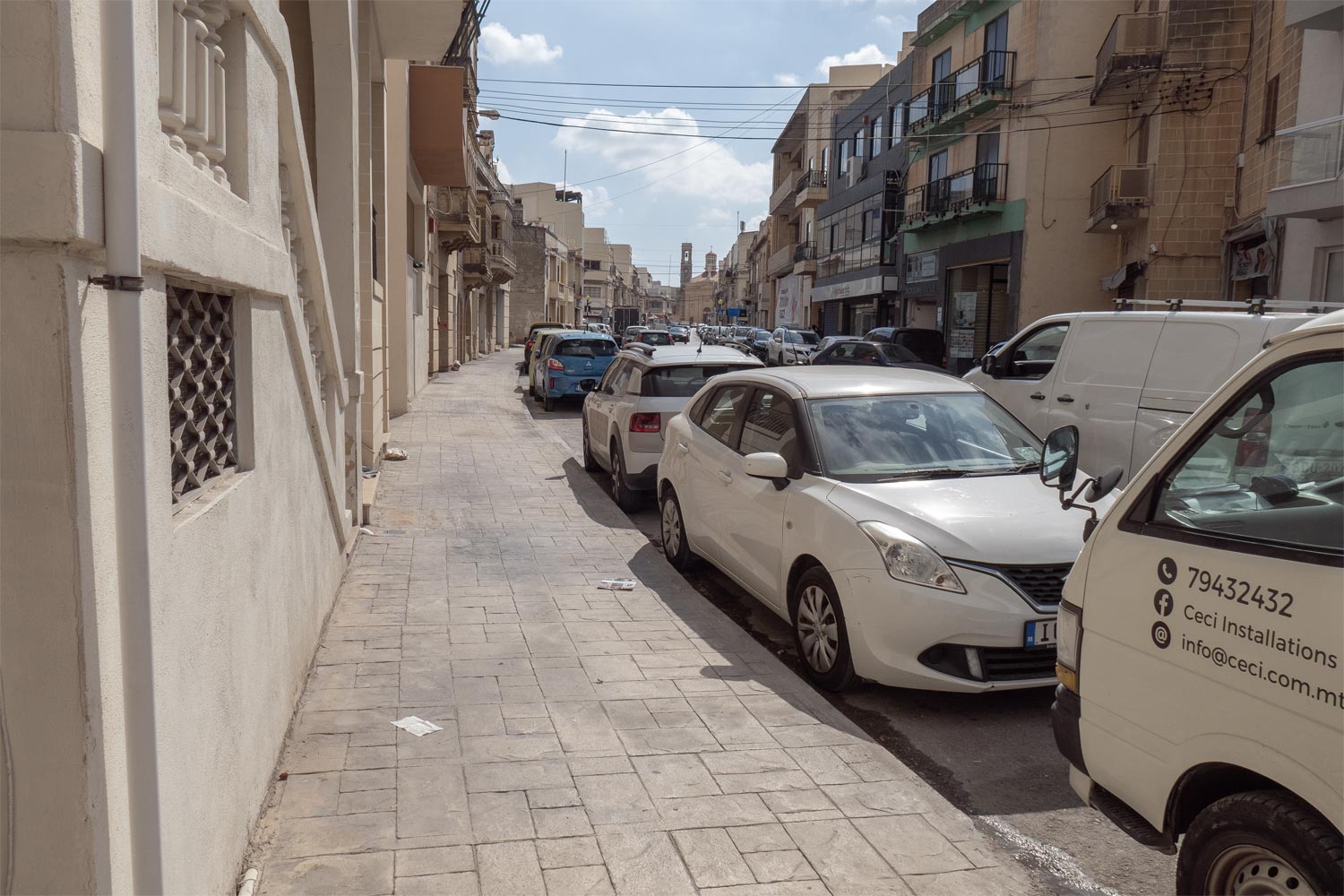
Sometimes you walk and it feels like Lebanon or Palestine.

It feels even more like the Arab East when you carefully read some signs. The Maltese language belongs to the Semitic language family! This means it is a direct descendant of Arabic.
At the same time, the Maltese write in the Latin alphabet. It is actually the only Semitic language that uses non-Arabic letters. In Arabic, there are several sounds of “h” with different voicings, while in the Latin alphabet, there is only one letter H to represent all of them.
Thus, it was necessary to add several new letters to the Latin alphabet so that it could convey Arabic sounds. For instance, Ħ or ħ represents a deep “ha” sound with a slight aspiration. This letter is often found on street signs.

The language itself is very similar to Arabic both in sound and in many words. For example, Maltese words like kelb (dog), kitab (book), dar (house), triq (street), salam (peace) are direct equivalents of the same words in Arabic.
The Maltese language is around 50% derived from Italian and 30% from Arabic. This is why, thanks to its Arabic past, Malta has retained so many Arabic place names.
One of these place names is the second most important city in the country called Mdina. This name, which can be found in any Arab country, simply translates to “city.” And now we will head there.
